A little bit of history Florence is not as well-known as Bologna for pen production, at least on these shores, but Pineider have been in the game for a century or two. The venerable Florentine brand has, since 1774, supplied popes, princes and heads of state with paper and envelopes for correspondence, as well as the luxury leather cases to carry such materials. Earlier this century the brand went through some torrid times under a new owner, which did not really understand the stationery and related products market, and it nearly closed completely. However, in 2017 new investment and leadership from the Rovagnati family saved the business and sparked new life into Pineider. They have other, perhaps slightly more modestly-styled fountain pens too, but their UK distributor was keen to go straight for the dandy of the bunch – and as you can see, they delivered in full.

How it looks OK, you’d have to squint pretty hard to mistake it for an actual bee, but you can see what they mean. The layers of gold and blue resin look organic in origin, and they’re polished to perfection. You may, quite reasonably, spend a day or two staring at the Arco Bee while it does its big glinting iridescence shtick before even attempting to write with it! The 10mm cap also bears the company logo and the legend: “The quick brown fox jumps over the lazy dog”.
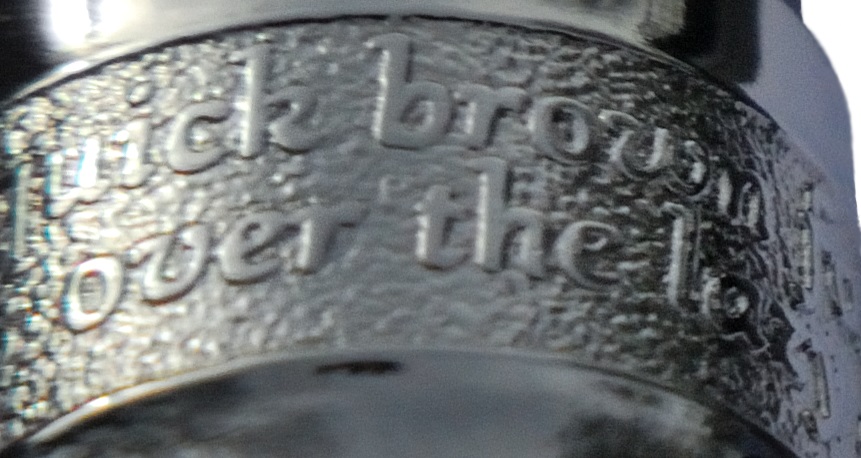
How it feels You will want to try writing with it, though, as soon as you see that nib. More on that in a moment. Out of the box, the pen looks and feels good in the hand; comfortable and ergonomic with no threads to irritate or distract the fingers. Measurement and comparison-wise the “Arco” Blue Bee has the classic medium-sized fountain pen dimensions: its length of 142mm and width of 12.7 mm and mm in the hand, so it measures up to pen reviewers’ typical Lamy Safari or Al-Star yardstick. It is quite a light pen: 32g in total, 16g uncapped. So in the hand this is a surprisingly light pen: robust, but not too hefty to wield lightly. ‘Just as well…
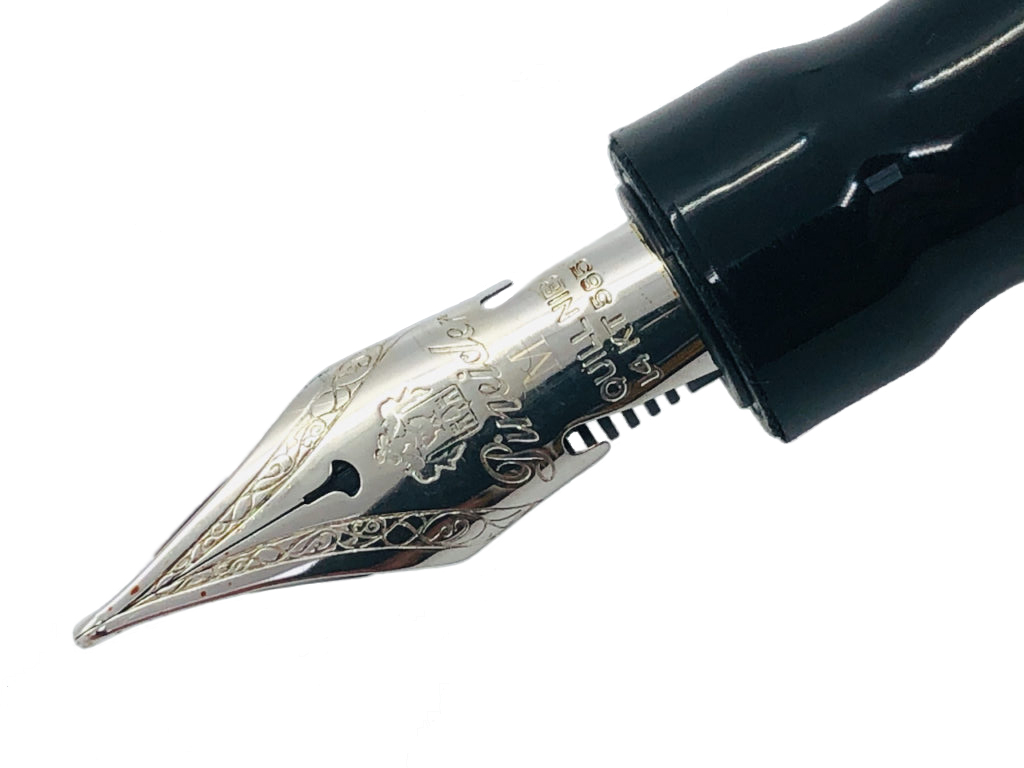
How it fills There’s a proper, fully-fledged piston here – no cut-price captured converter nonsense. Pineider do it properly, and even throw a usable travelling inkwell into the package. The zoetrope ink window works, too. This really is intended for use, not just ornament. One of our reviewers wrote an eight-page letter (on A5 90 gsm vellum) without making much, if any, impression on the ink capacity and found it a pleasure to write with the pen for sustained periods.
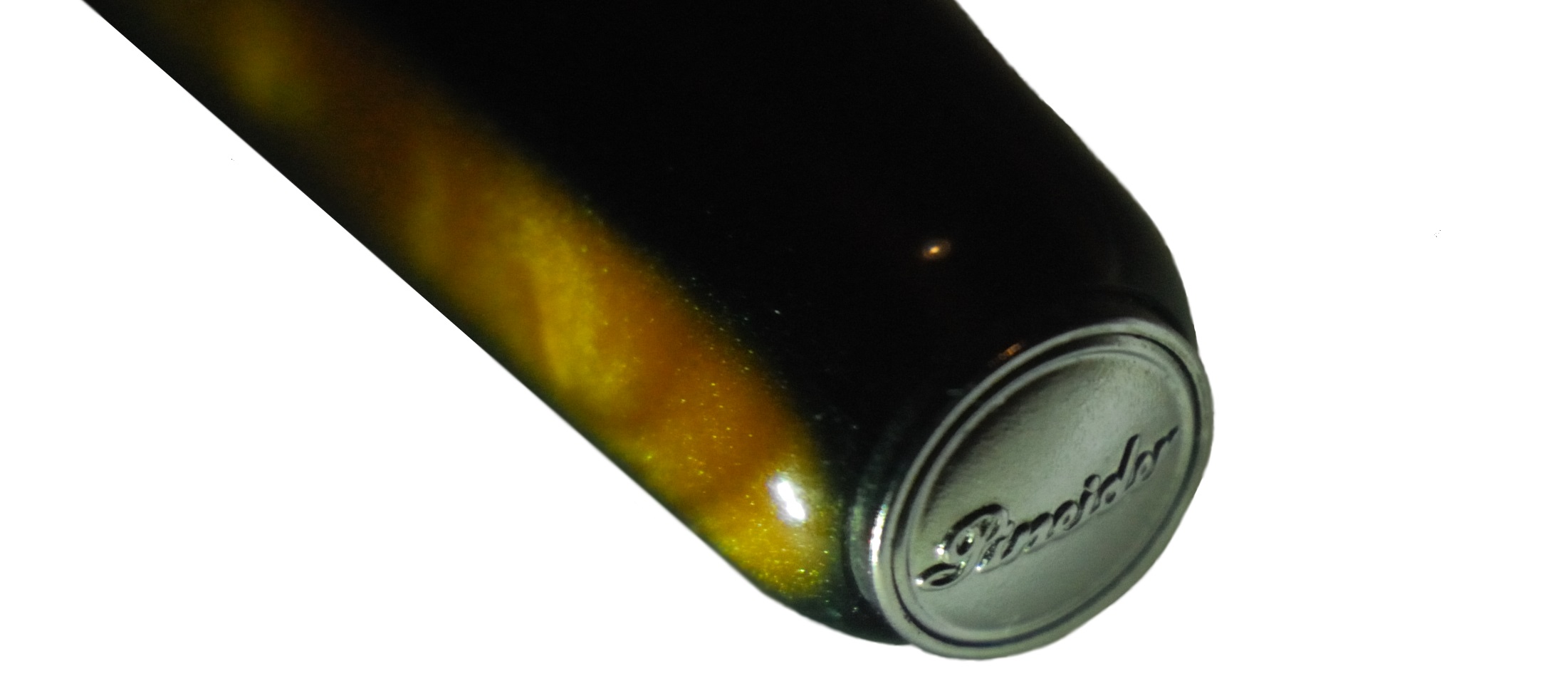
Crucially, how it writes… Like nothing else, honestly. This is the softest nib many of us can remember encountering! Perhaps because the tip on our test pen started at M, the line variation was actually quite modest, so this might not be a flex nib in the standard sense, but it’s certainly the very opposite of stiff. It’s for writing steadily with, while enjoying your evening off with some Slow Food, perhaps even in a Slow City. You get the picture; Italians know how to live, and it extends to stationery.
Some of our reviewers found that the nib appeared to perform better with less wet inks, and one detected some elements of ‘baby’s bottom’ and a sweet spot in the nib. With wetter inks the nib gushed. The pen’s documentation advises a lighter touch with the nib and its medium nib certainly did not need much pressure to leave a luxuriously wet line on standard Rhodia and Clairefontaine papers. Most loved the nib. A number of us used a drier indigo ink (Taccia Hokusai Koiai Blue) and it delivered a consistently wet flow. Those that played to the nib’s strengths found it wrote wet and smooth, and that it merited investing time to get familiar with.
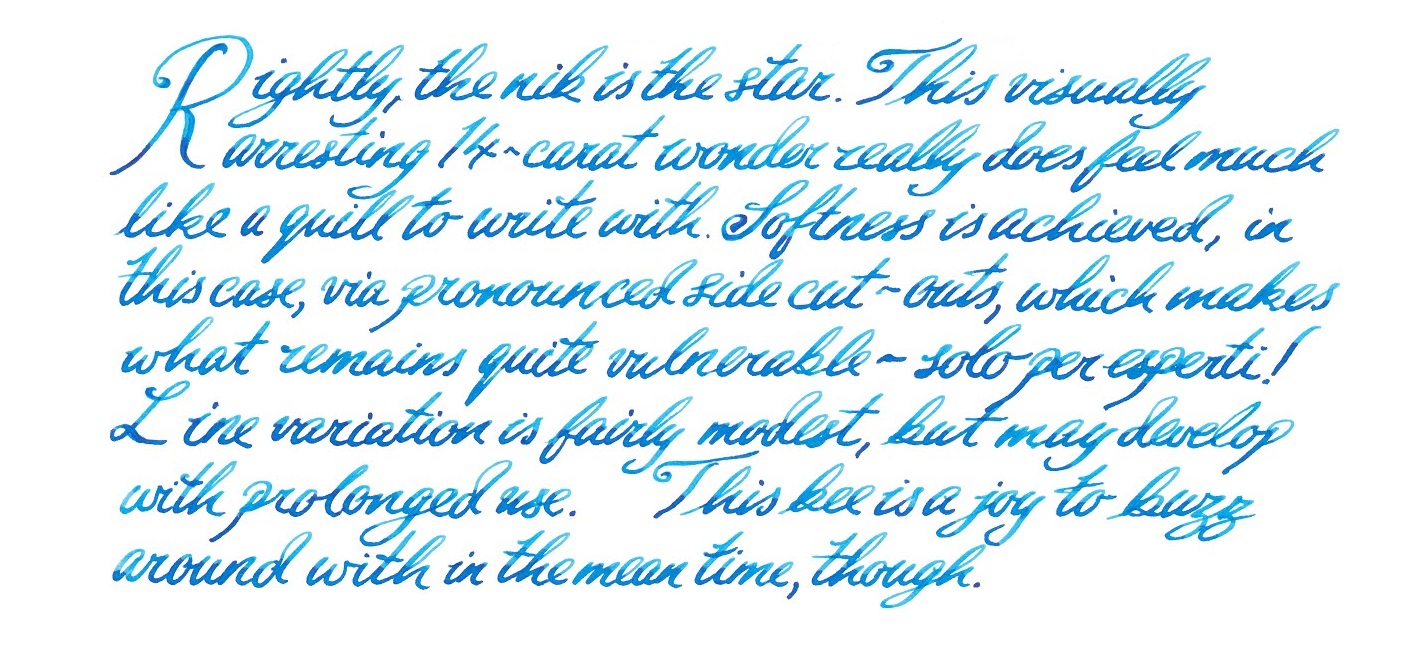 Pen! What is it good for? It would just be cruel to inflict an office environment on this fontoplumistic starlet. Take it your boudoir, your scriptorium in a secluded castle, to the best al fresco ristorante table you can find – but not, purlease, to work. *Shudders*
Pen! What is it good for? It would just be cruel to inflict an office environment on this fontoplumistic starlet. Take it your boudoir, your scriptorium in a secluded castle, to the best al fresco ristorante table you can find – but not, purlease, to work. *Shudders*
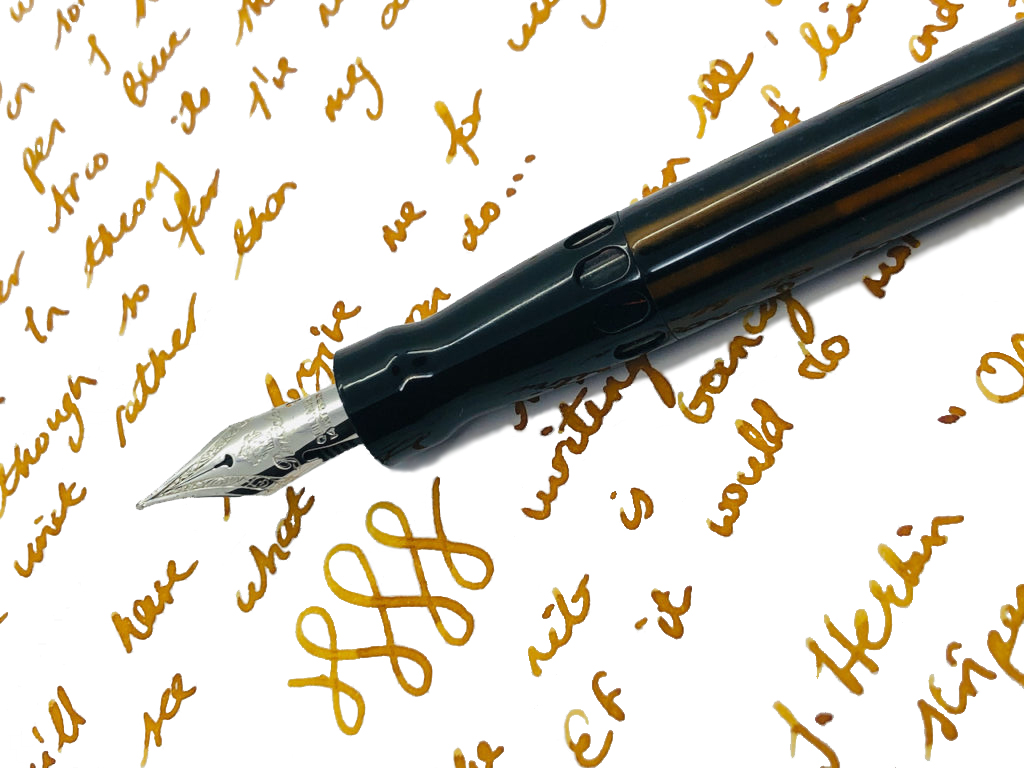
VFM Oh golly, this isn’t cheap. Retailing at £680, few of us felt we could justify the price easily. But then again, two of the reviewers now own one, so…
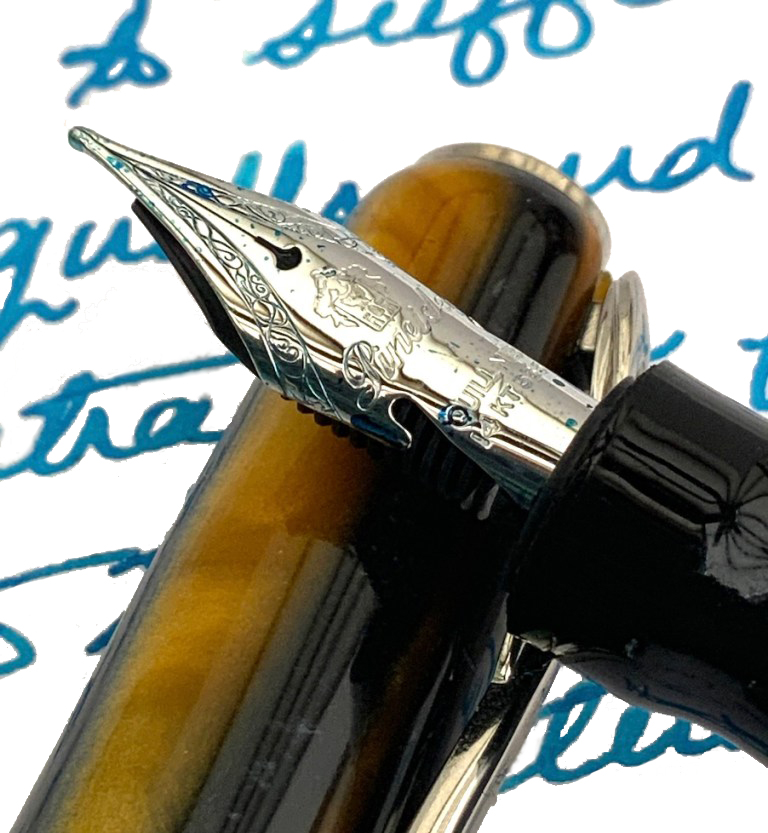
The only way is ethics This is made by proper artisans, and it shows. We have no qualms.
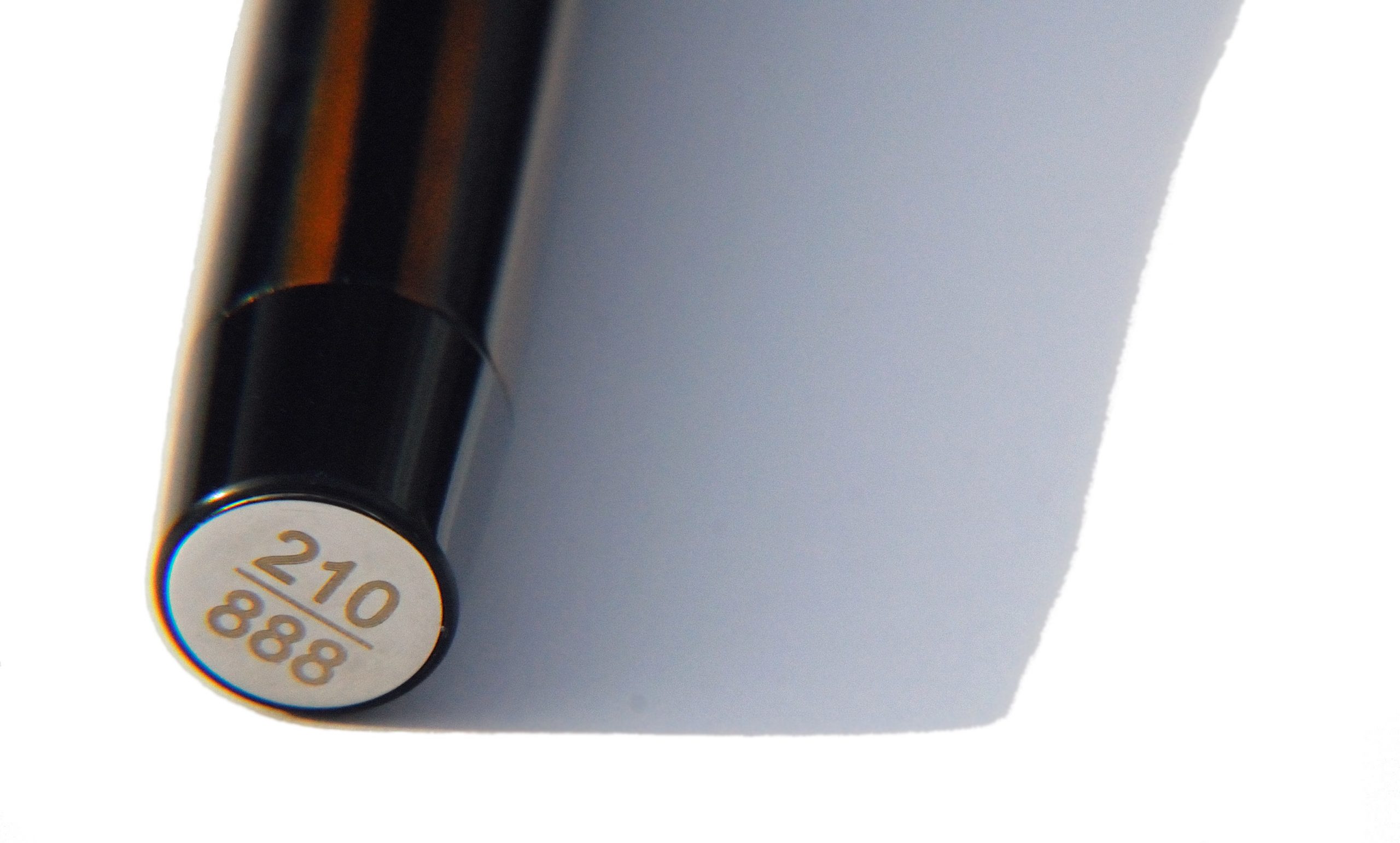 If this isn’t quite your cup of tea, but almost… The Full Metal Jacket, one of Pineider’s slightly more affordable pens, is based upon essentially the same design – albeit with less gaudy materials.
If this isn’t quite your cup of tea, but almost… The Full Metal Jacket, one of Pineider’s slightly more affordable pens, is based upon essentially the same design – albeit with less gaudy materials.

Our overall recommendation If it floats your boat and you can afford it, go for it. Unlike some bling, this also serves a genuine functional purpose; it’s lovely to write with.
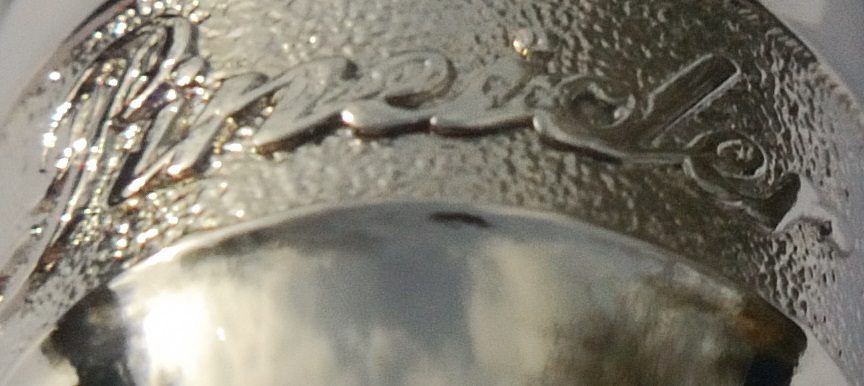
Where to get hold of one Bespoke fountain pen emporia of your acquaintance. It’s a limited edition, so Boolean logic is your friend!

This meta-review references:
- Scribble Monboddo’s review
- Penchantink’s review
- Mick’s purgatorial penmanship
- Dapprman’s dissection
- Dr. Jim’s diagnosis
- Joe’s sublimely subtle study

Thanks to Pineider’s wholesaler in the UK for lending us this remarkable pen.
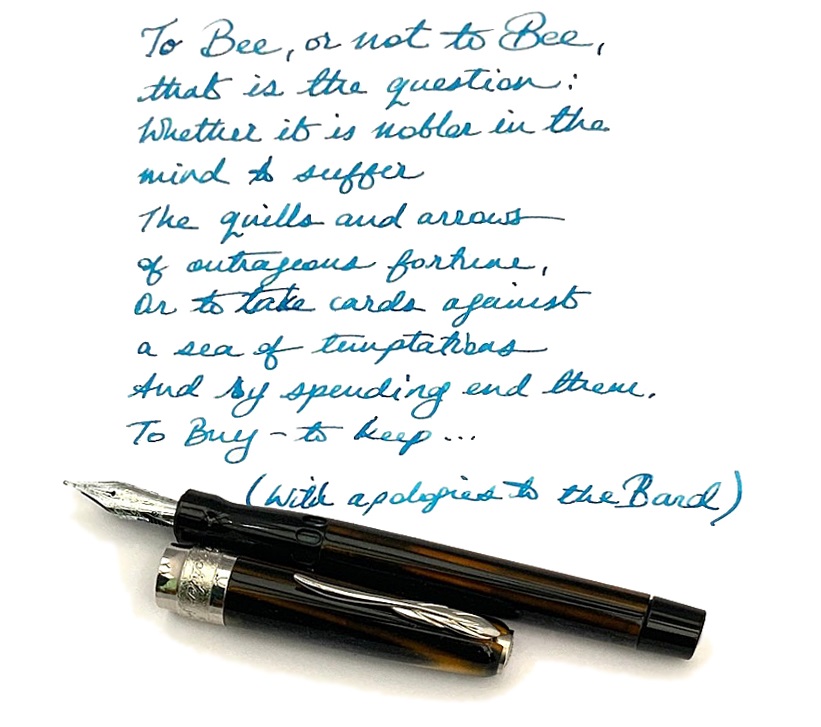
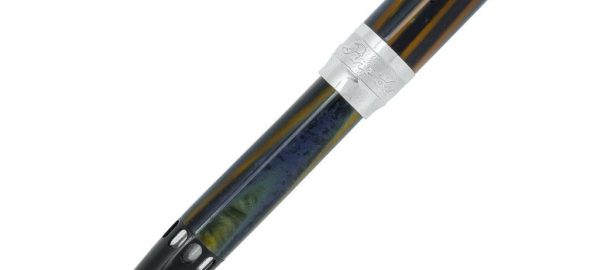
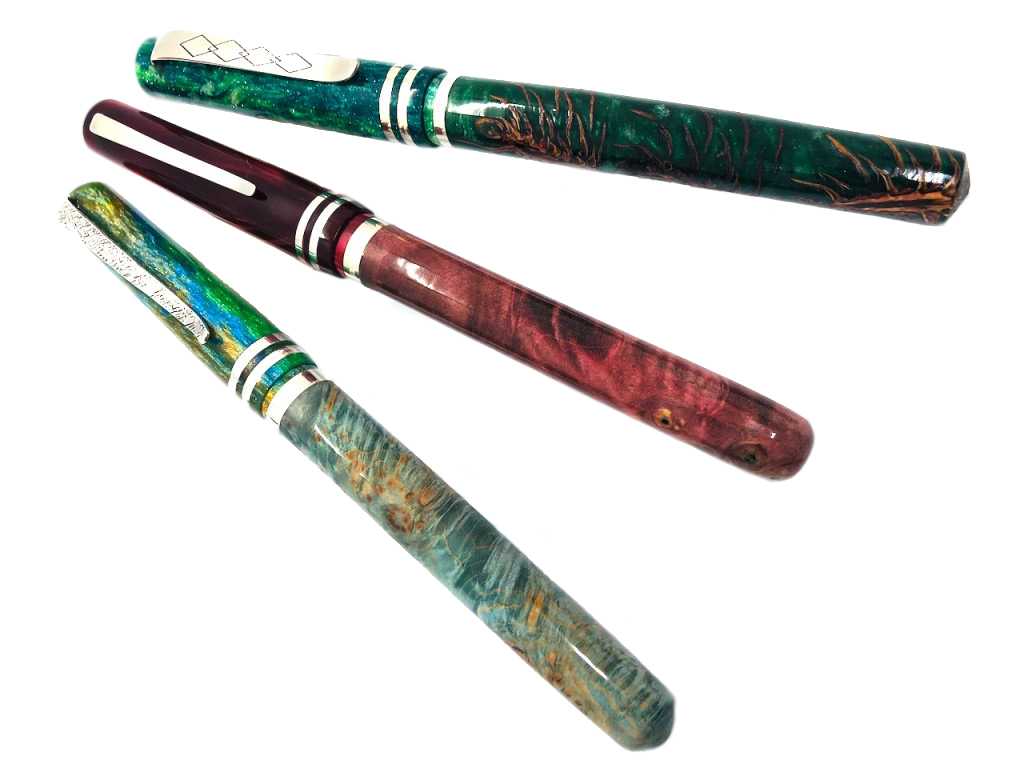
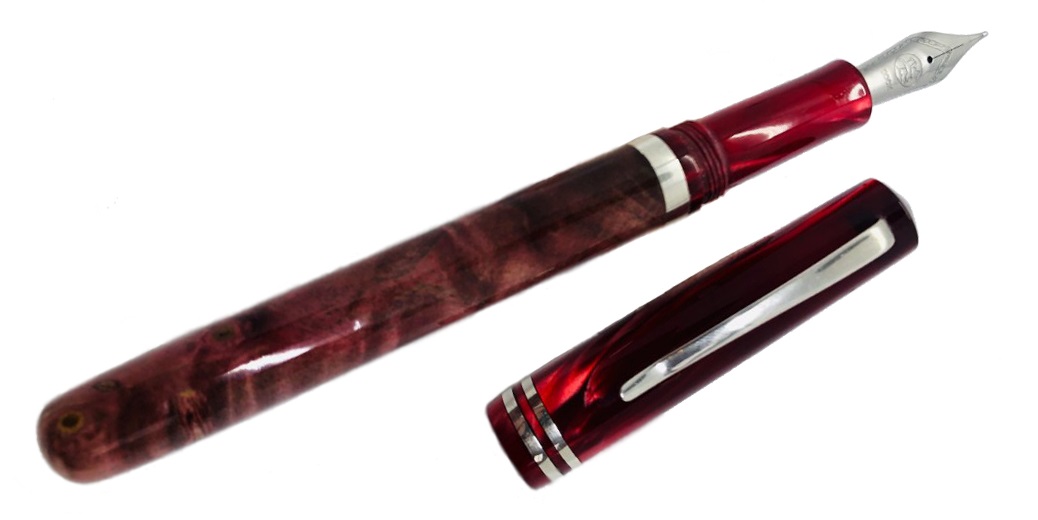
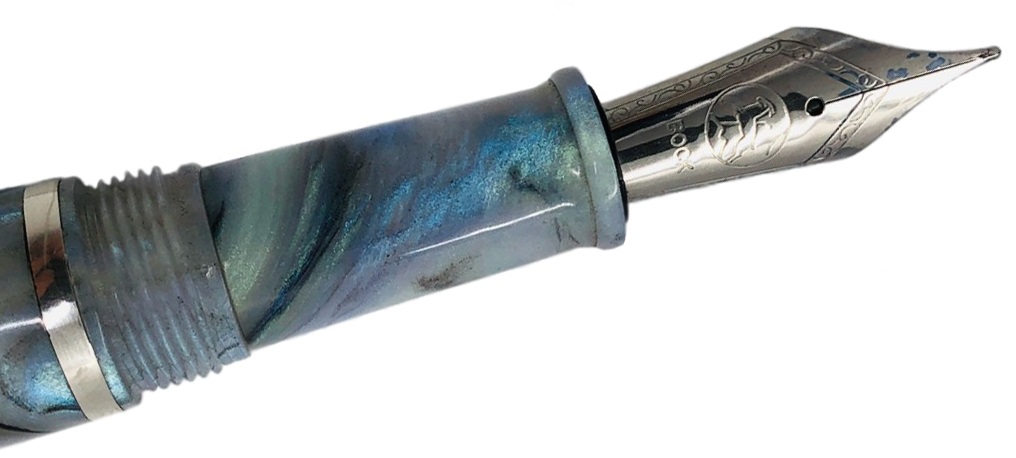
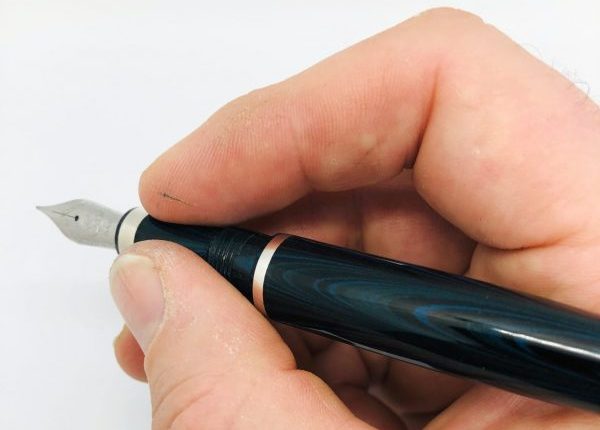
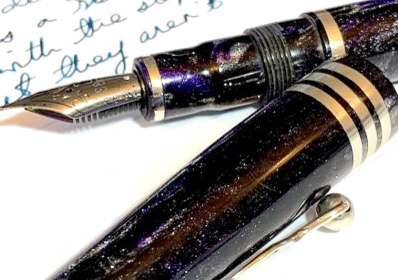
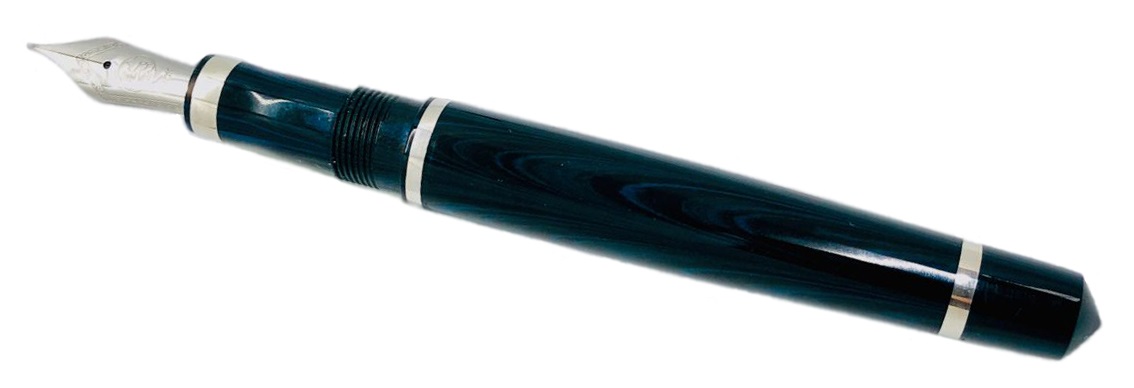
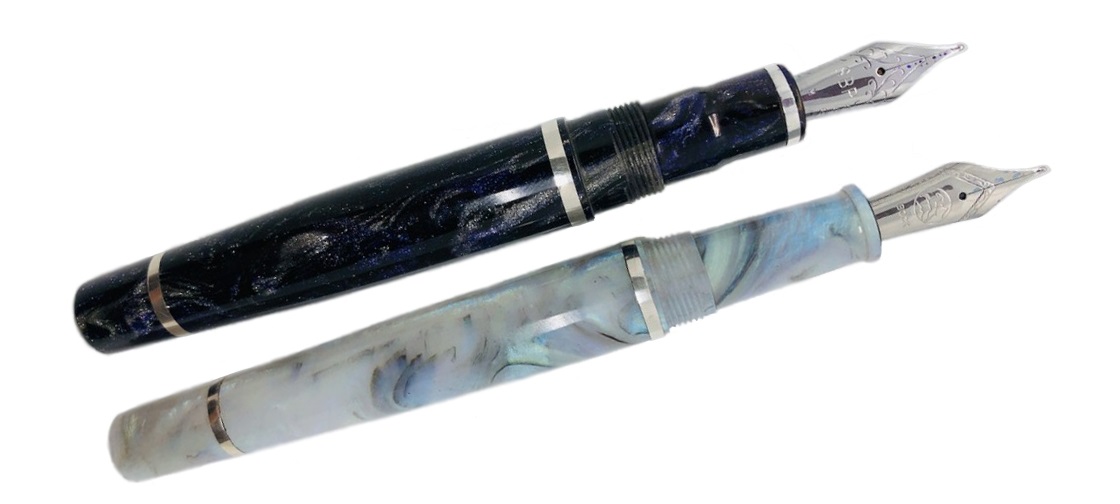
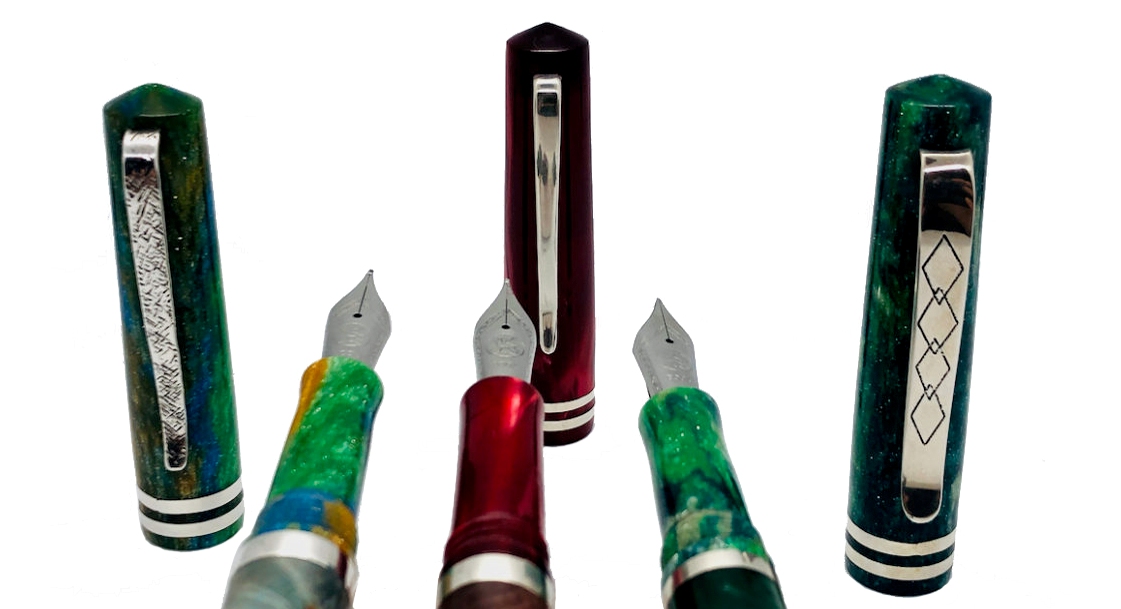
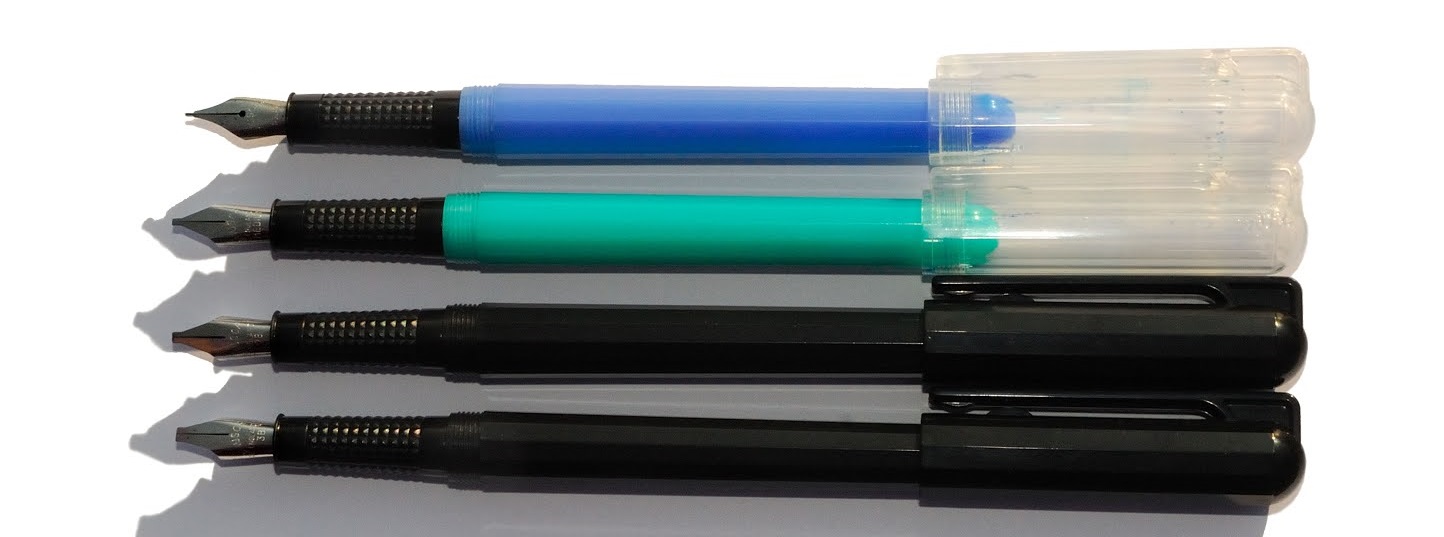
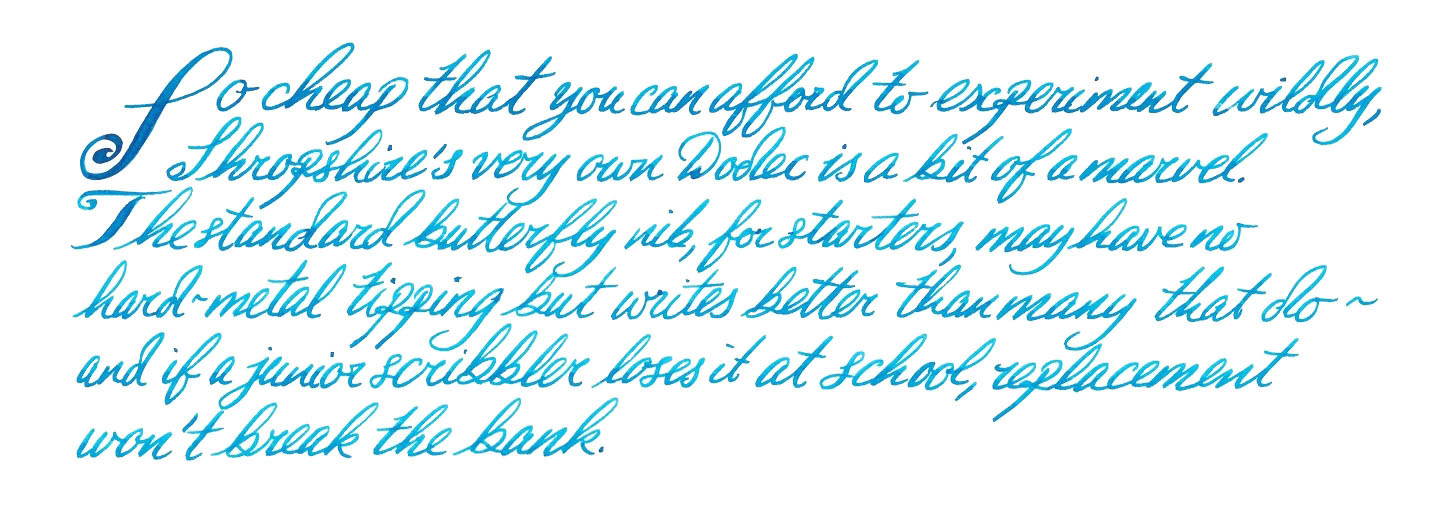
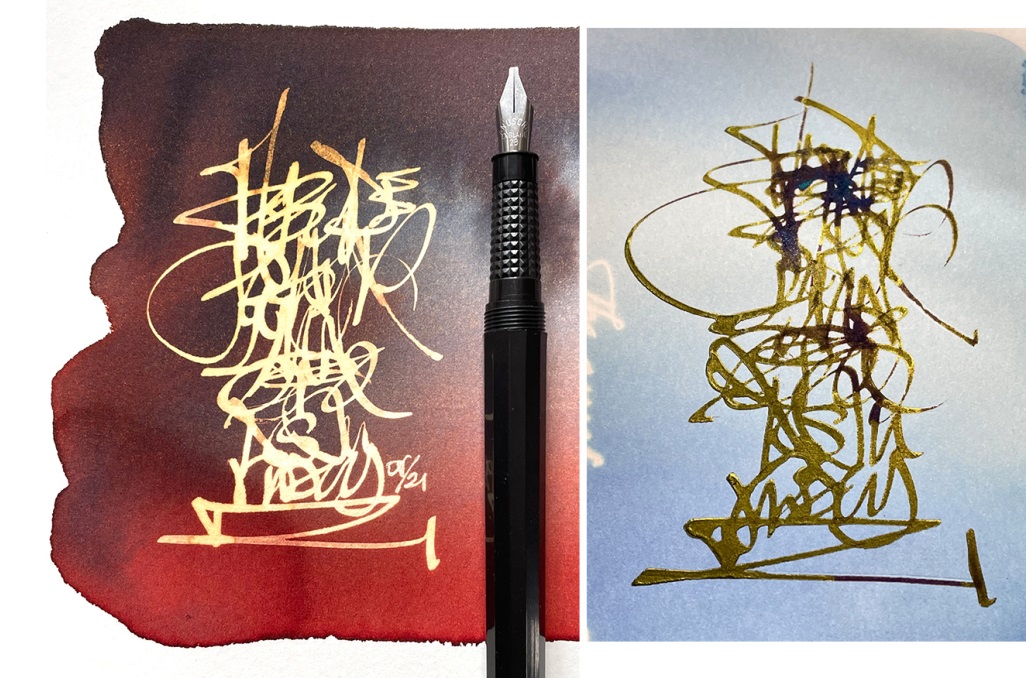
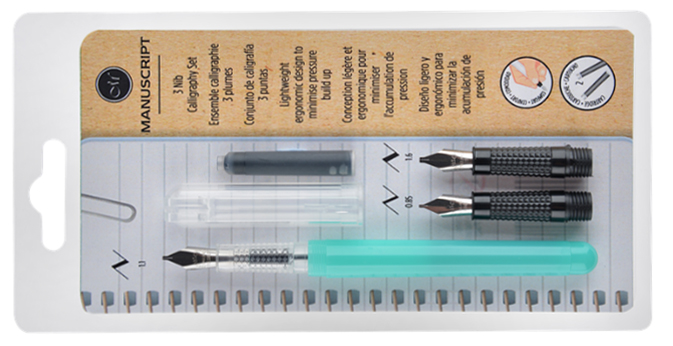
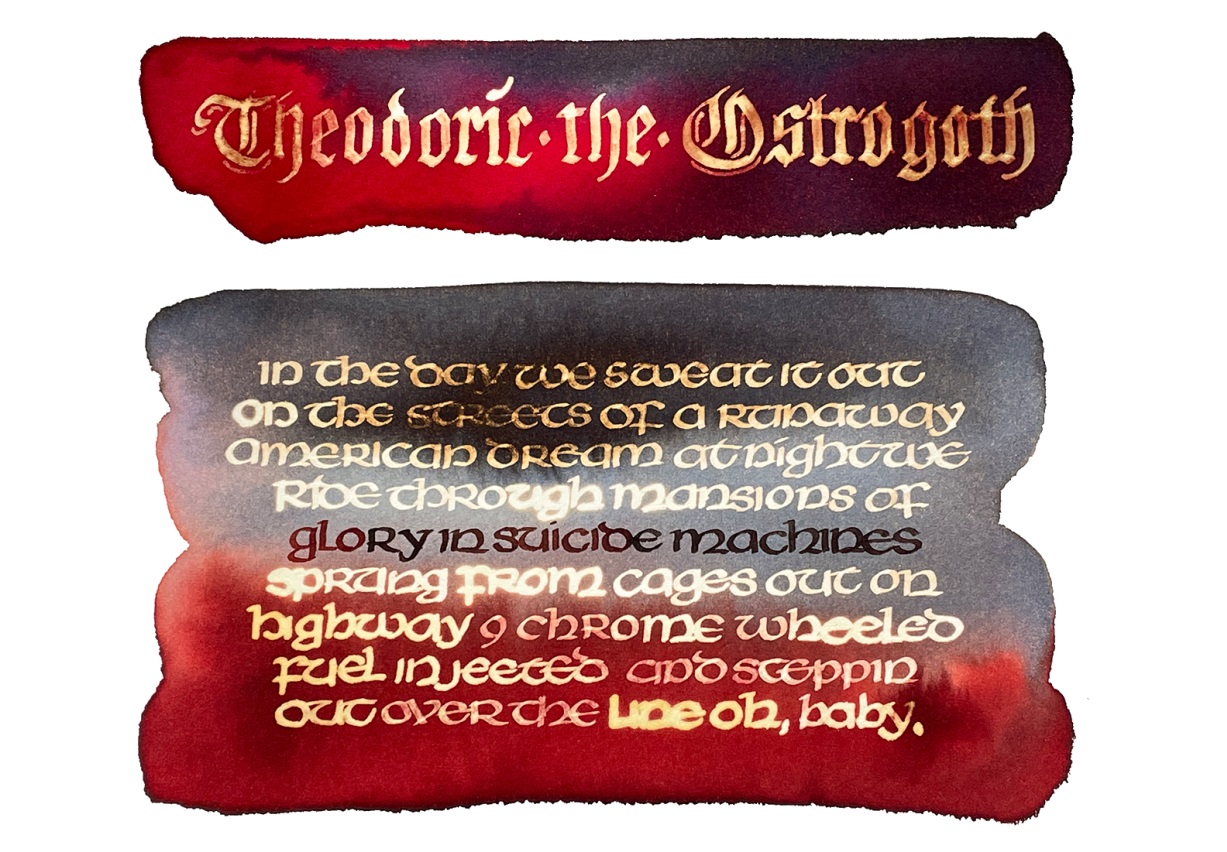

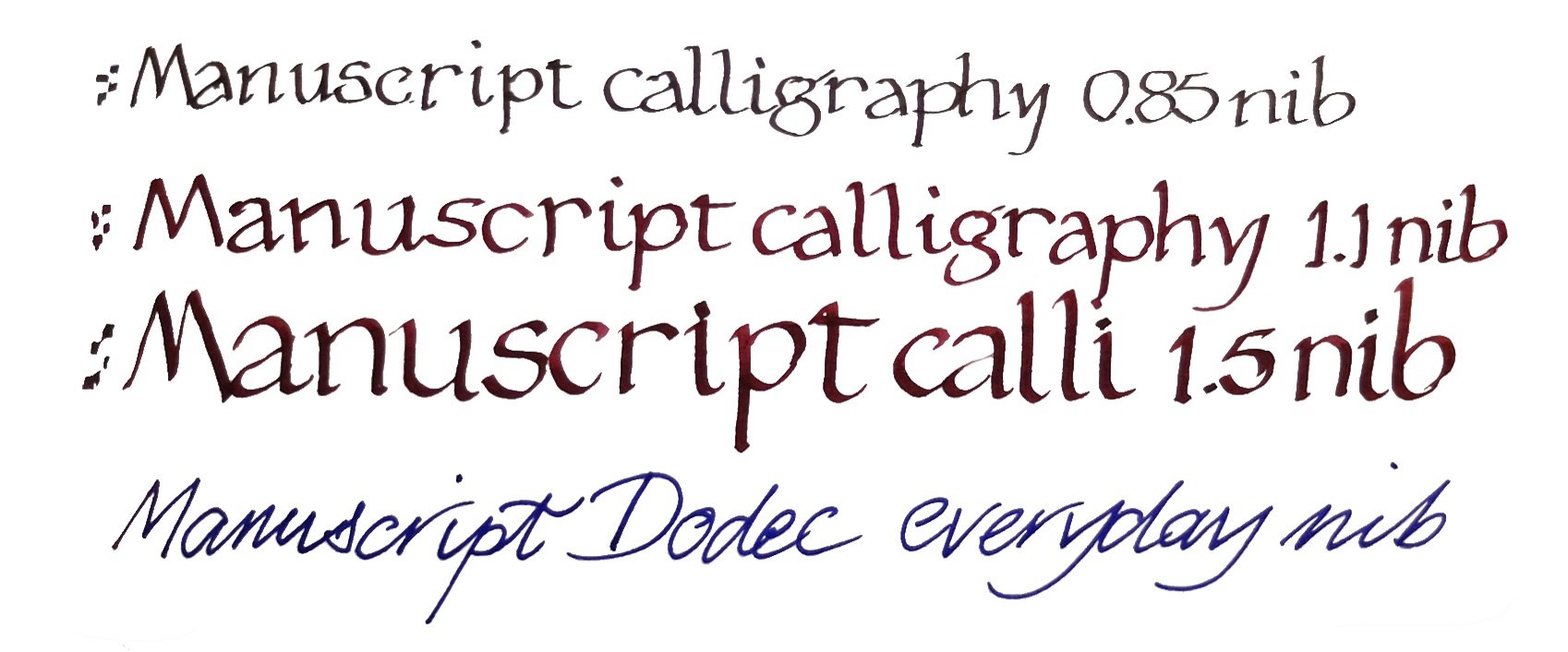
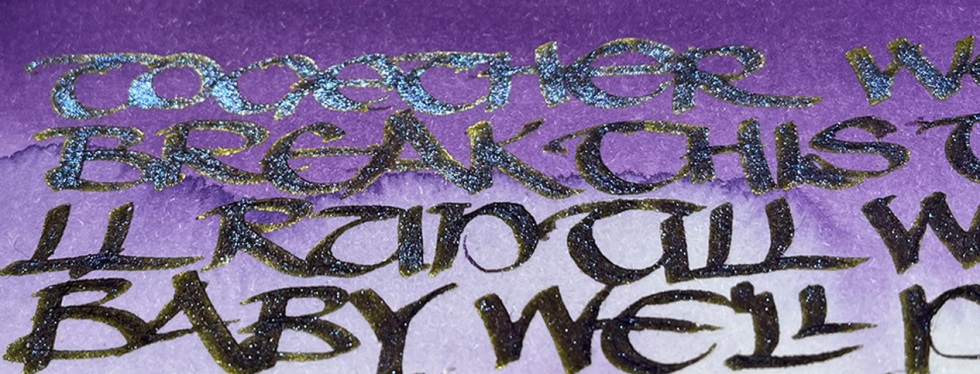



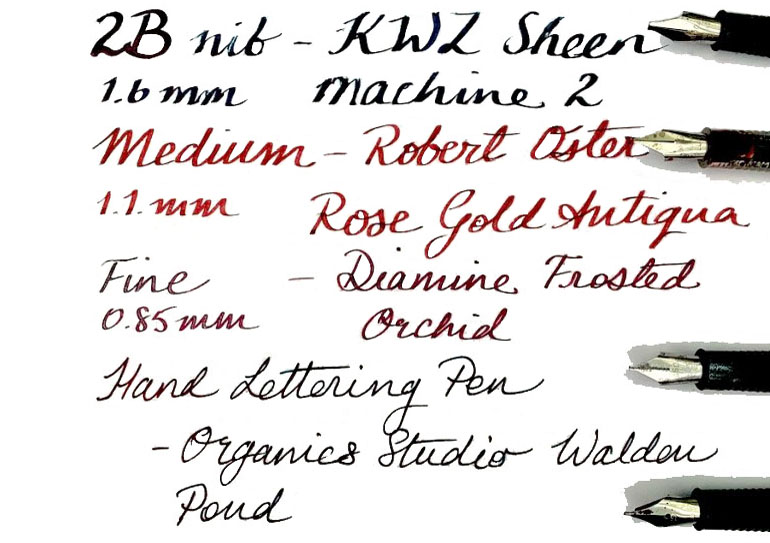
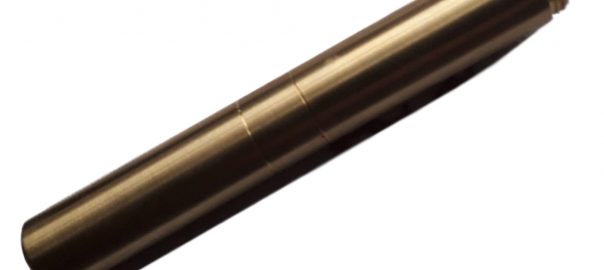
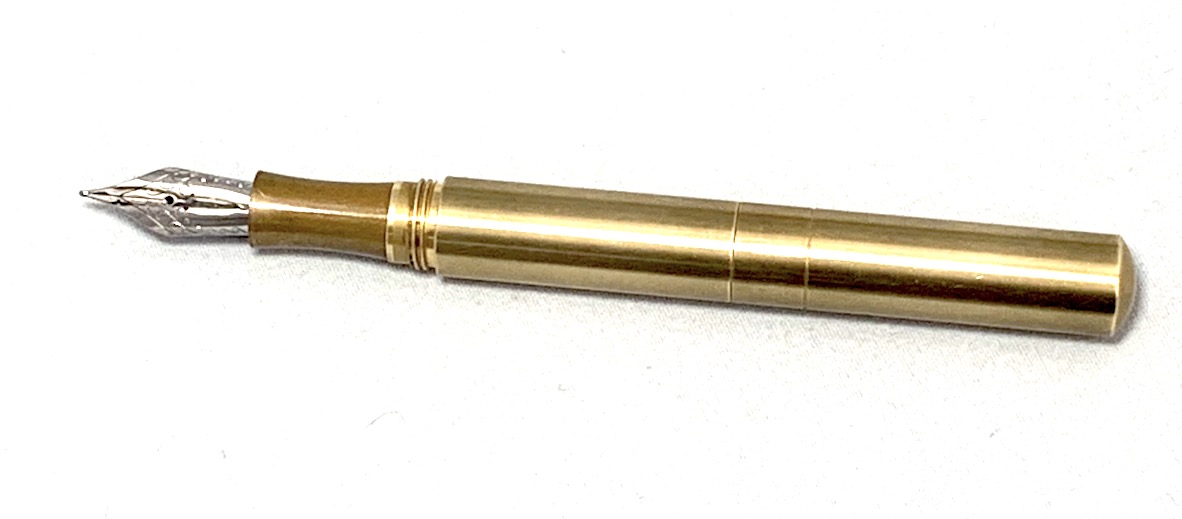 How it looks It’s a short featureless tube, basically. If you’re still stuck in gender discrimination mode, it could conceivably be mistaken for a portable mascara applicator, or an emergency Spitfire cockpit canopy removal tool. Obviously these are both foolish misperceptions, but such is the fate of the common-or-garden dinosaur. The rest of us can either polish the brass or let it elegantly corrode (‘patina’ is a lovely euphemism for brass rust, isn’t it?), while wondering what lurks within.
How it looks It’s a short featureless tube, basically. If you’re still stuck in gender discrimination mode, it could conceivably be mistaken for a portable mascara applicator, or an emergency Spitfire cockpit canopy removal tool. Obviously these are both foolish misperceptions, but such is the fate of the common-or-garden dinosaur. The rest of us can either polish the brass or let it elegantly corrode (‘patina’ is a lovely euphemism for brass rust, isn’t it?), while wondering what lurks within.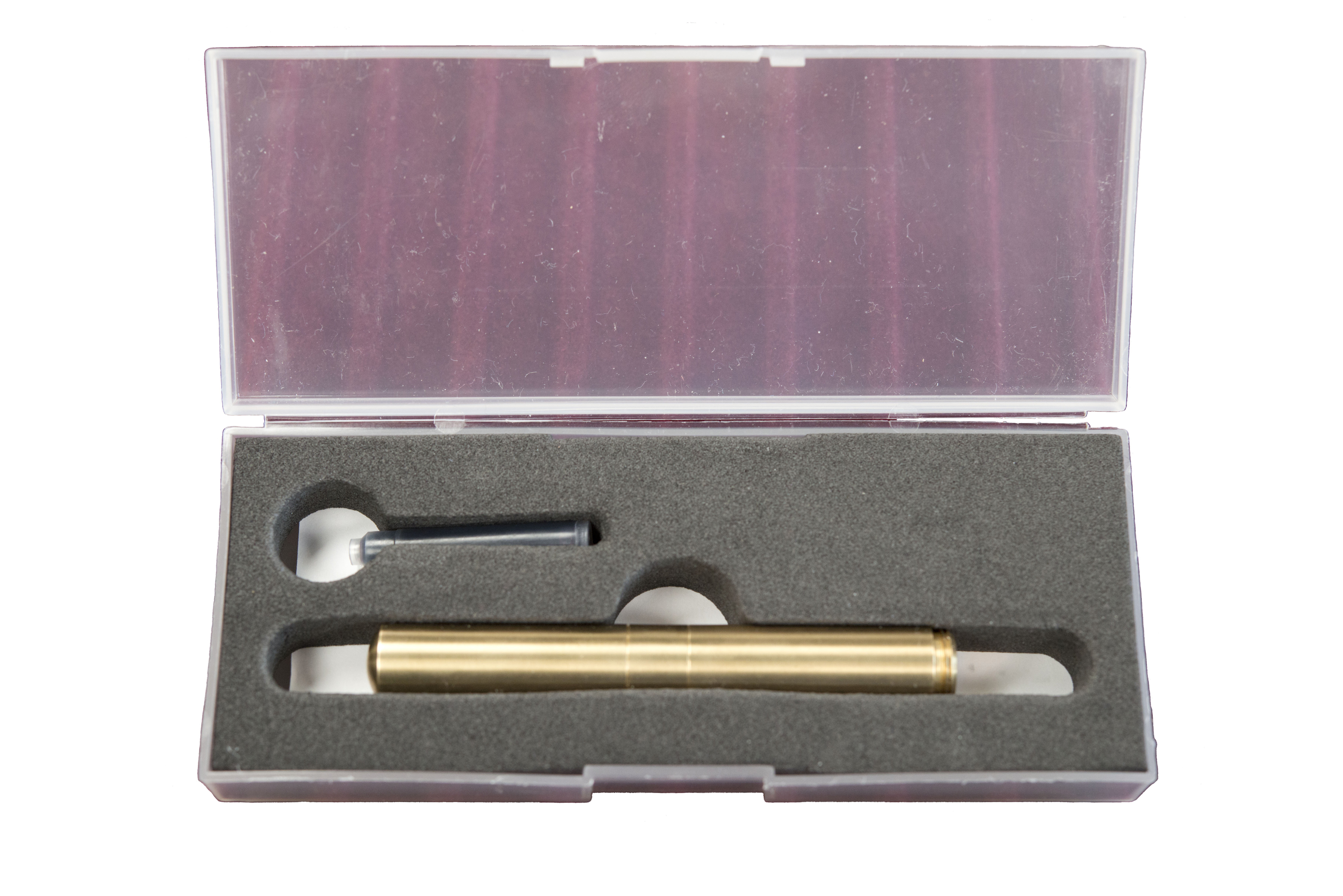 How it feels Heavy, obviously – it’s made of brass. No messing (k-bmm, tssk!). But when the Pocket 6 is fully assembled, which is easy enough with the screw-in cap posting arrangement, it both looks and feels like a fairly full-sized pen. If the weight is a bother, which it seemed to be for some of our reviewers, then lighter aluminium versions are also available – with some eye-popping paint jobs.
How it feels Heavy, obviously – it’s made of brass. No messing (k-bmm, tssk!). But when the Pocket 6 is fully assembled, which is easy enough with the screw-in cap posting arrangement, it both looks and feels like a fairly full-sized pen. If the weight is a bother, which it seemed to be for some of our reviewers, then lighter aluminium versions are also available – with some eye-popping paint jobs.
 Pen! What is it good for? Errm, putting in your pocket, maybe? It will take some bashing-about and still write well when you need it to – although the time involved in reassembling the pen before writing might not make this the ideal jotter for very quick notes.
Pen! What is it good for? Errm, putting in your pocket, maybe? It will take some bashing-about and still write well when you need it to – although the time involved in reassembling the pen before writing might not make this the ideal jotter for very quick notes.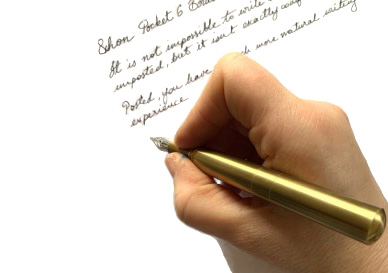
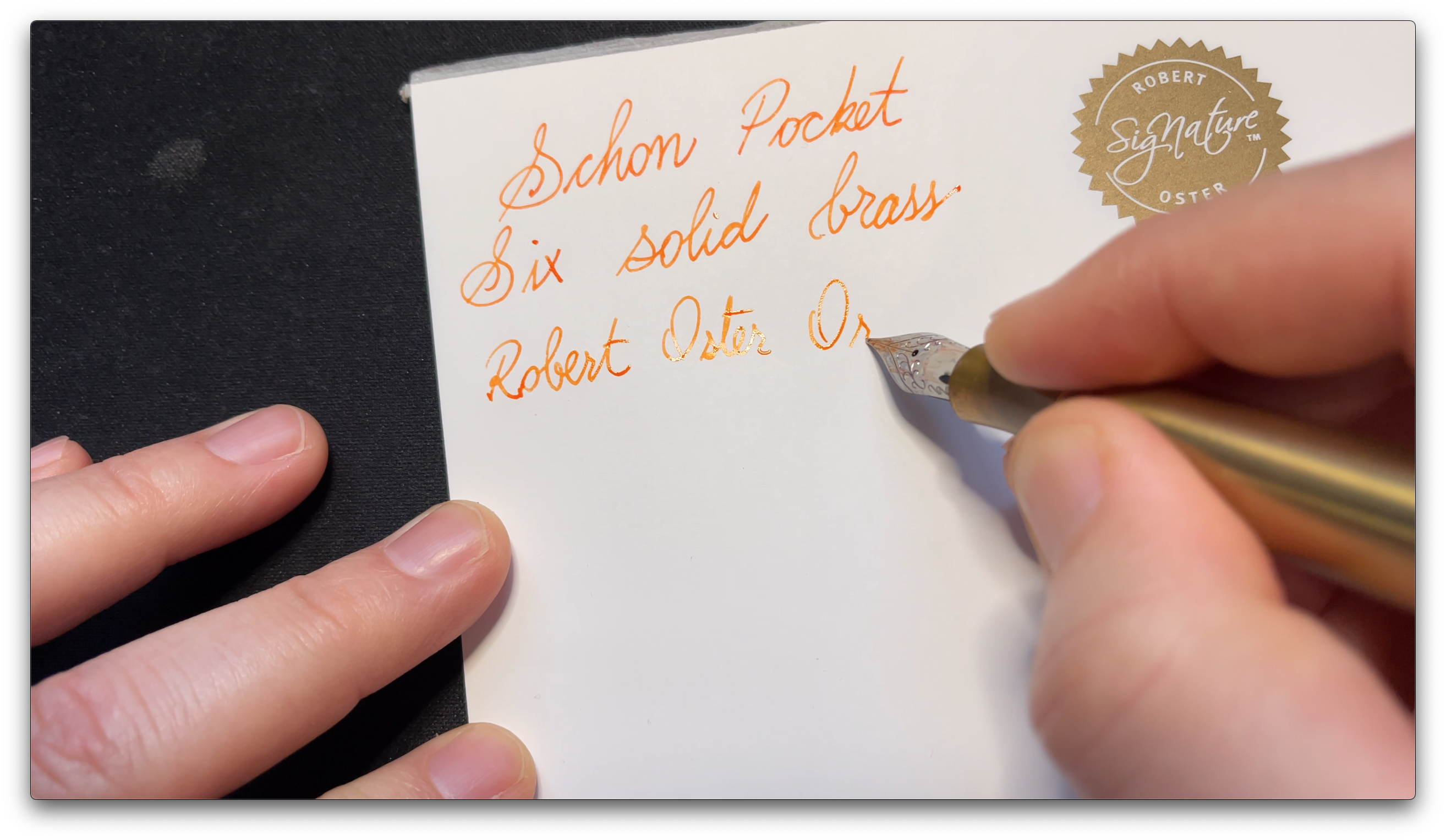
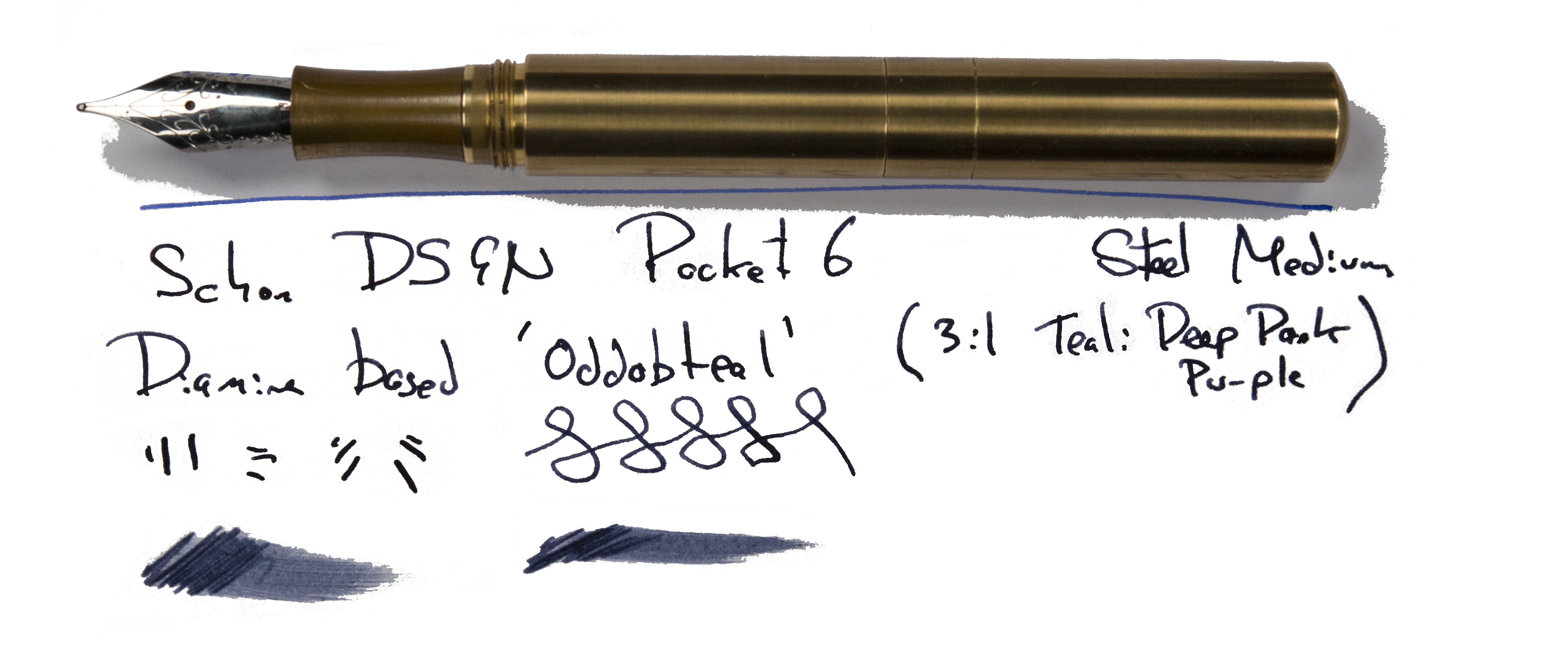 Our overall recommendation If you want a pocket pen which last for a century and has a ‘proper’ nib on the front, this does the job in style. Just beware that the brass version is hefty, and the aluminium version seems to be very popular too, quite possibly for that reason.
Our overall recommendation If you want a pocket pen which last for a century and has a ‘proper’ nib on the front, this does the job in style. Just beware that the brass version is hefty, and the aluminium version seems to be very popular too, quite possibly for that reason.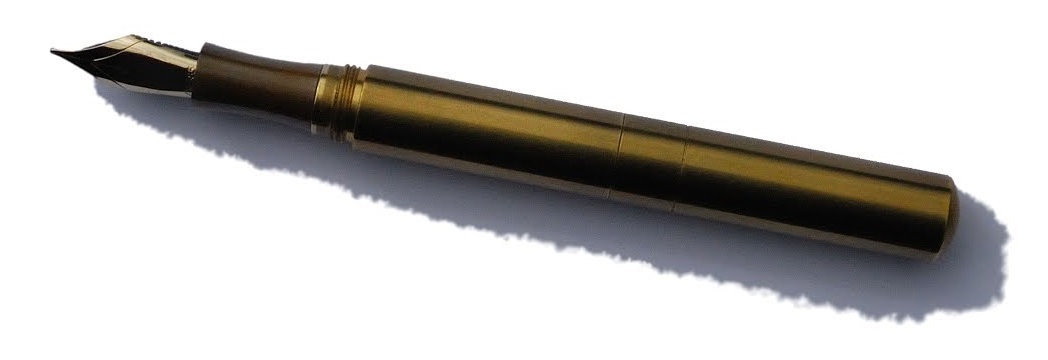
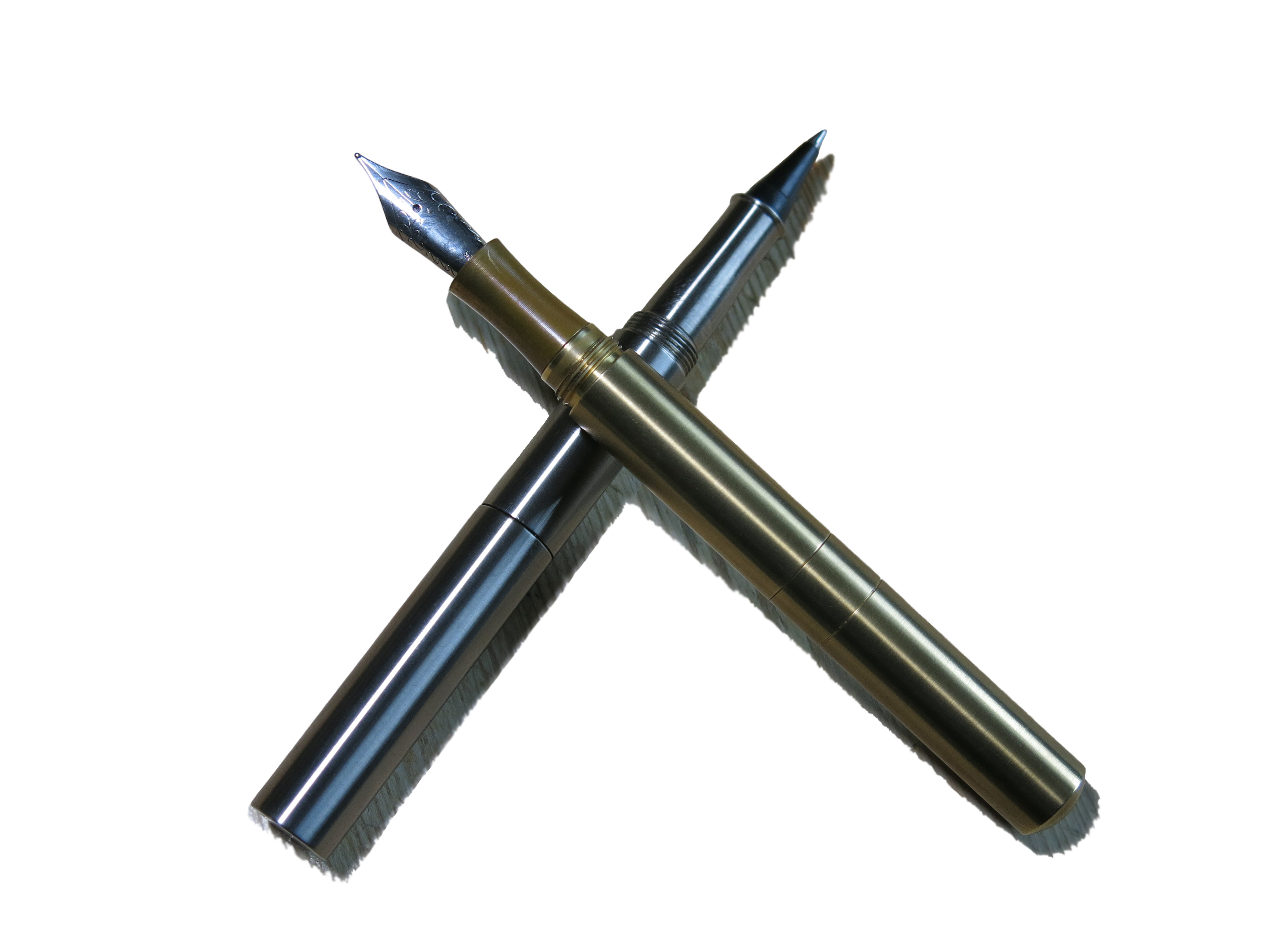
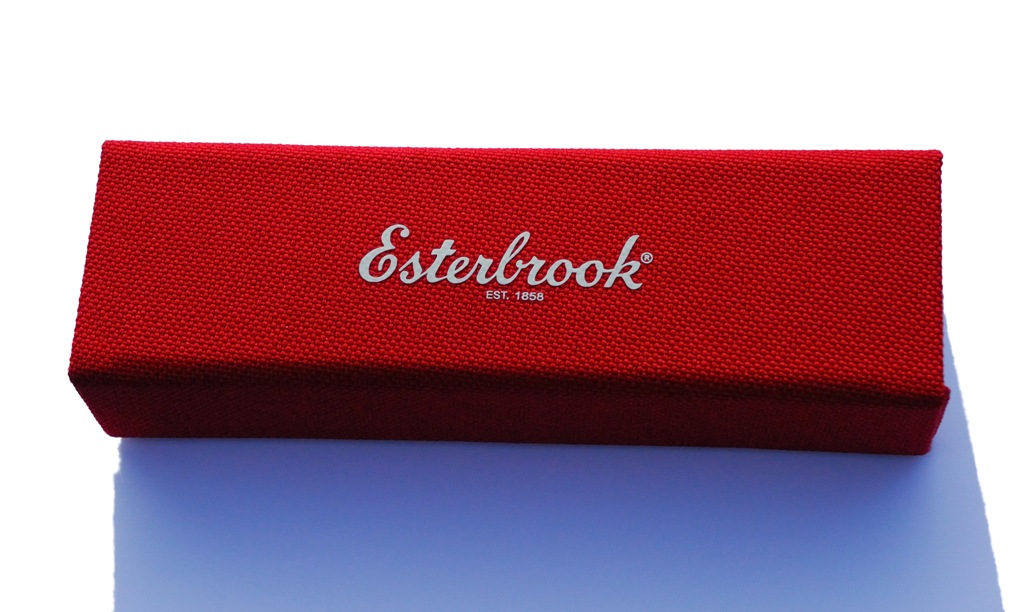
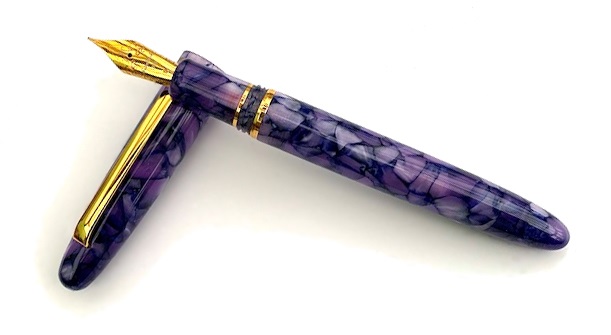
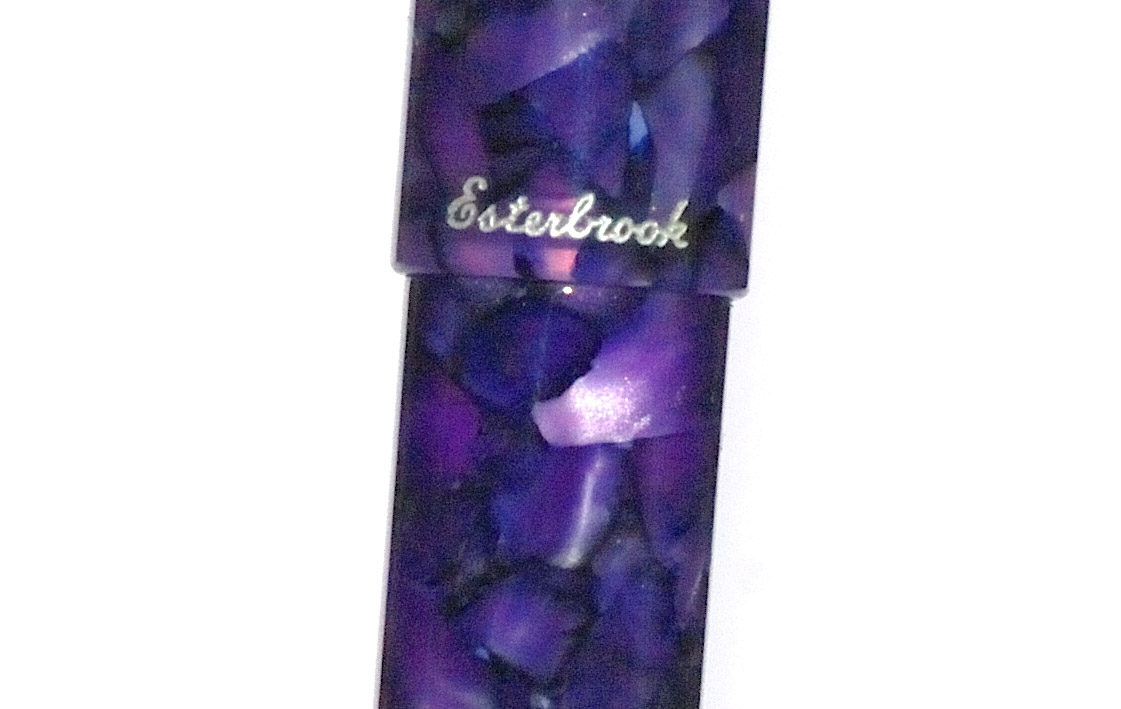
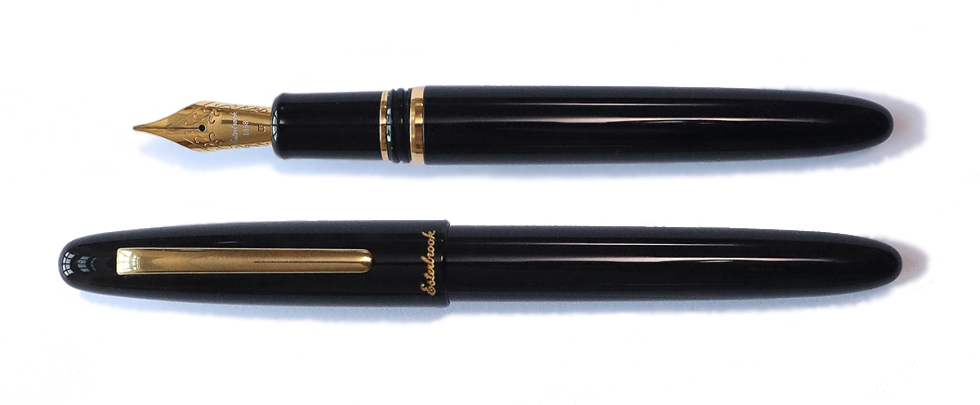

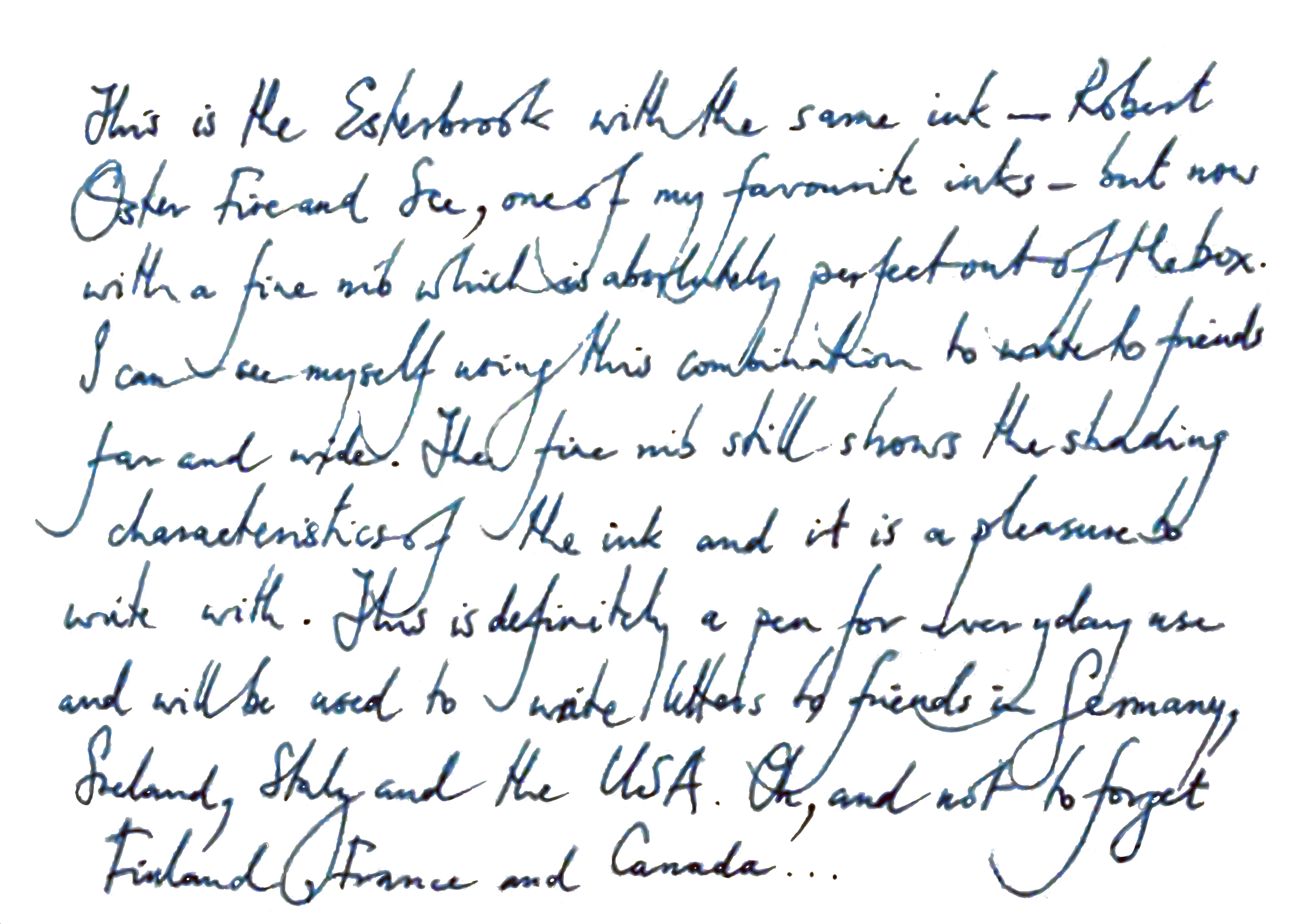
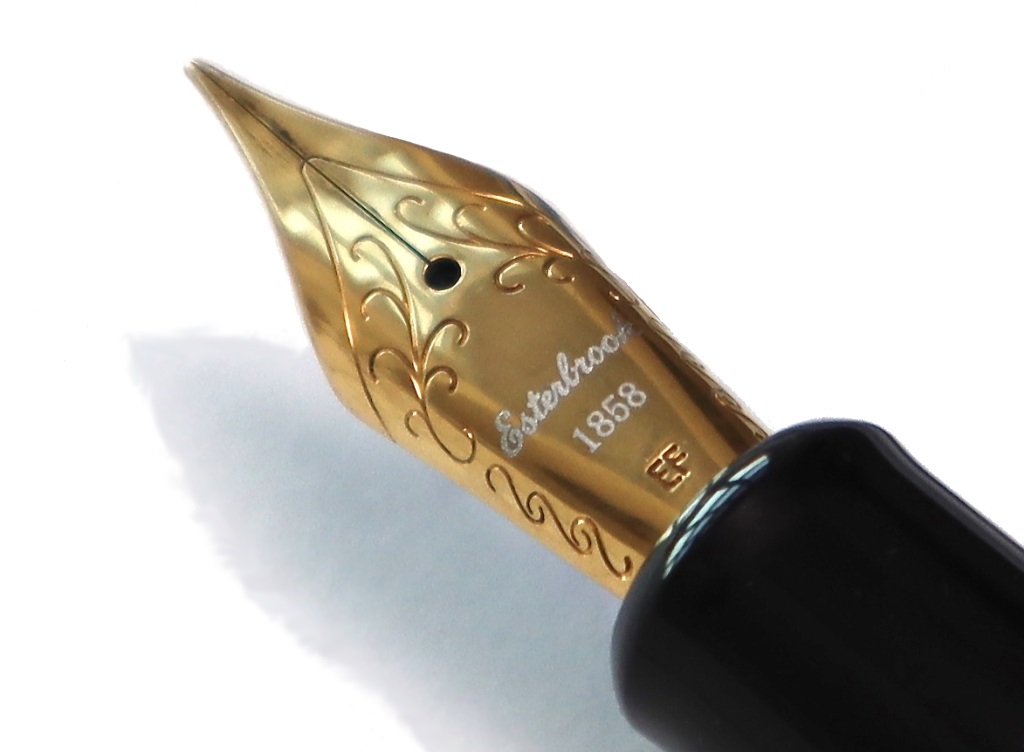
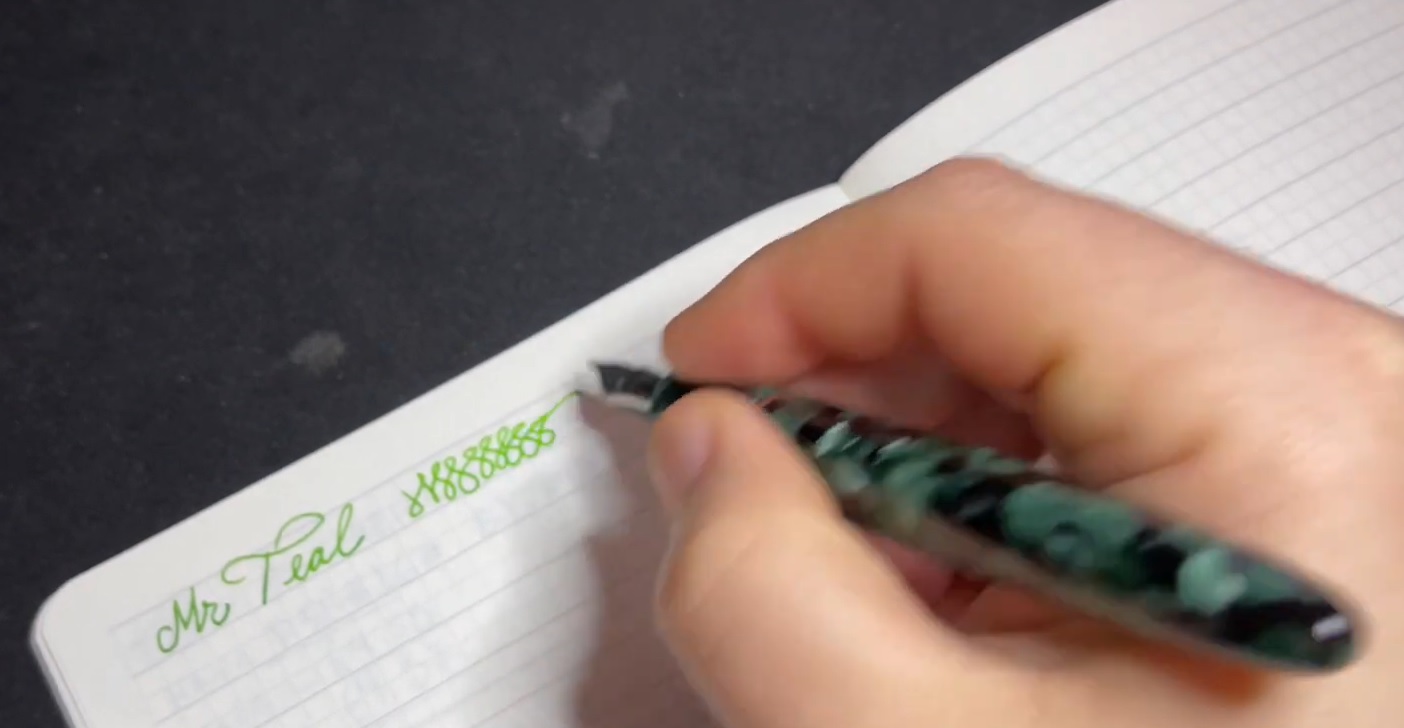
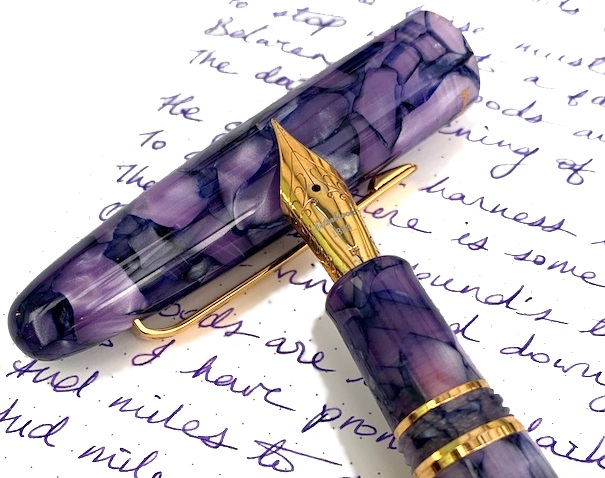
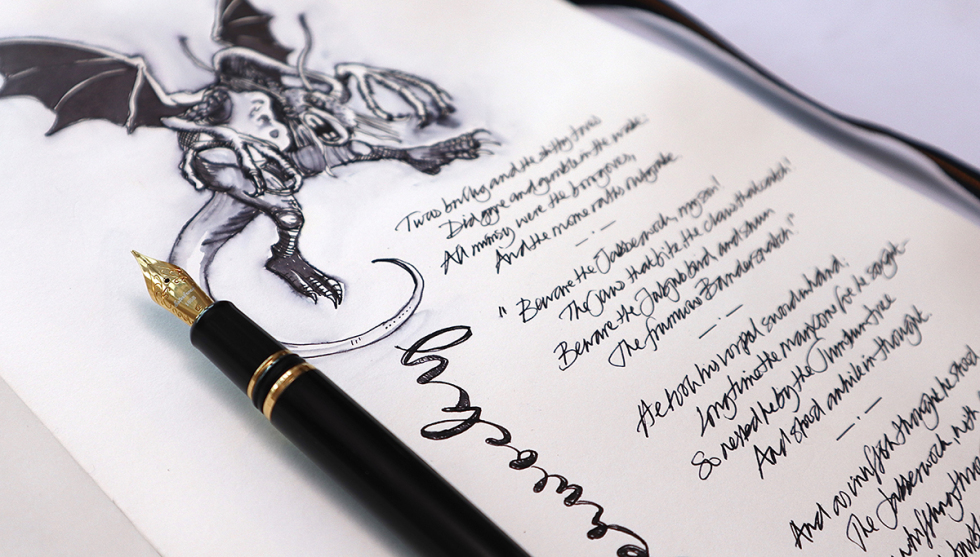
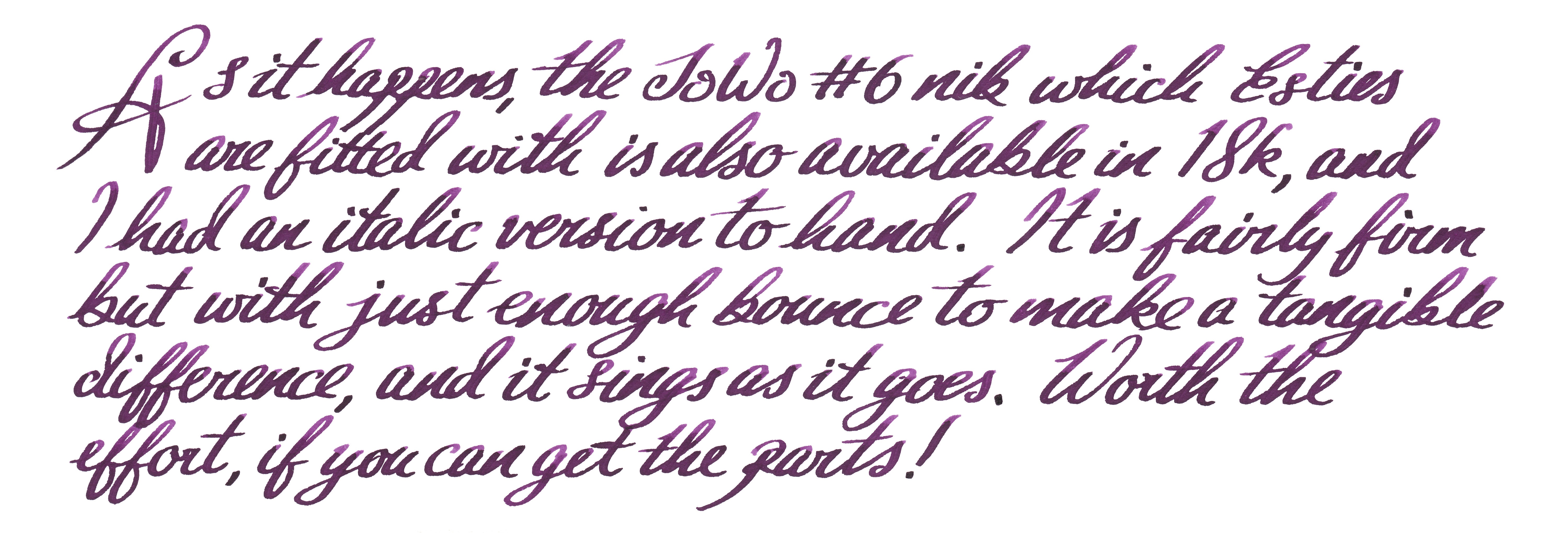
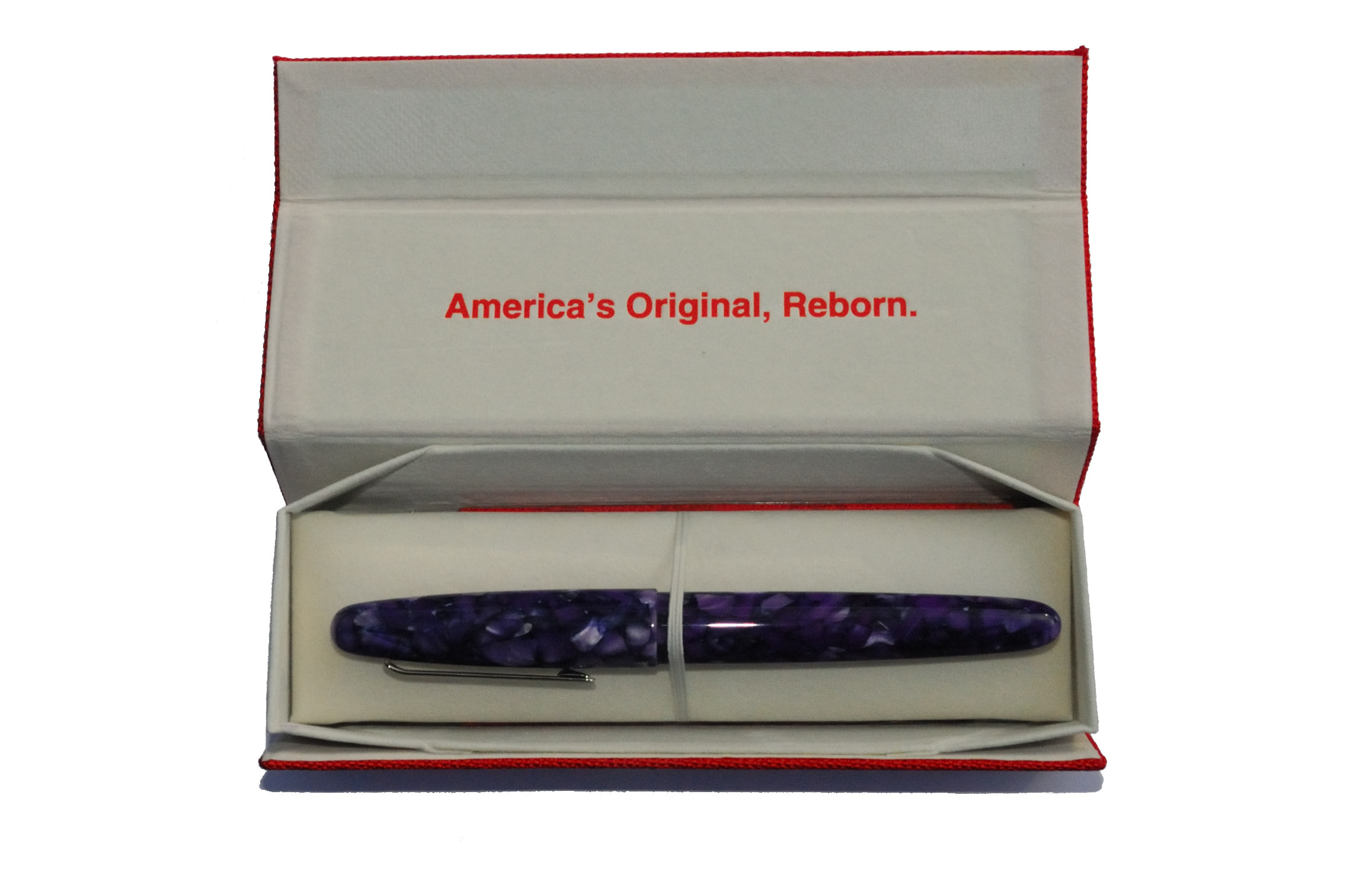

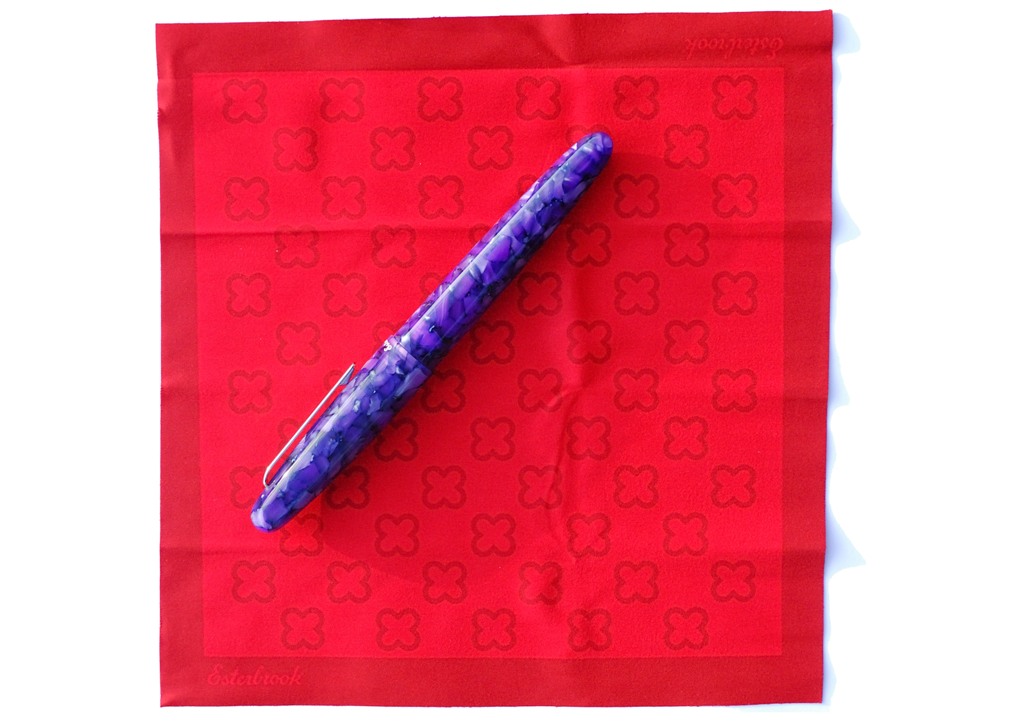
 How it looks The Supra appears, from a distance, to be a Lilliput with a cinched waist. Up close, it’s evident that, if anything, it’s a Lilliput which has been to sumo training camp and bulked-up mightily; this thing has a nice big #6 nib, for starters! Then, if you remove the extension tube, it suddenly looks like a tiddler again. Hmm.
How it looks The Supra appears, from a distance, to be a Lilliput with a cinched waist. Up close, it’s evident that, if anything, it’s a Lilliput which has been to sumo training camp and bulked-up mightily; this thing has a nice big #6 nib, for starters! Then, if you remove the extension tube, it suddenly looks like a tiddler again. Hmm.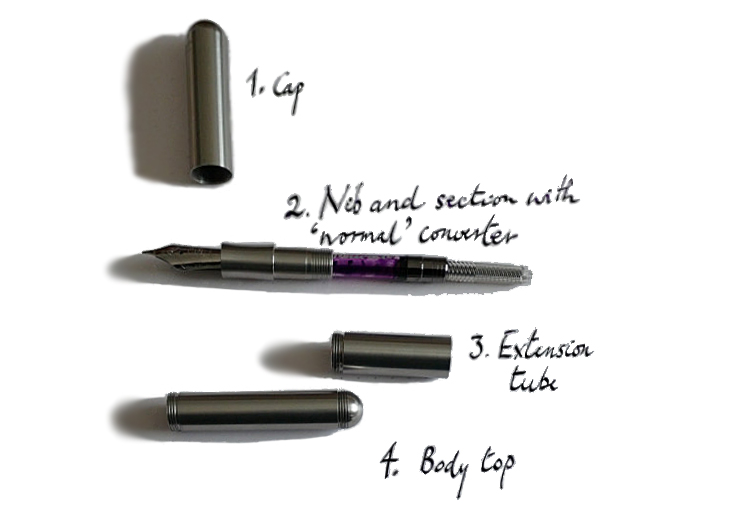 How it feels That extension is the Supra MacGuffin. Fit it between barrel and section, and the result is a standard-length pen which feels about right in the hand, albeit a little long with the cap posted. Omit the extension tube, and the Supra is a pocket pen which feels about right with the cap posted, even if the large #6 nib can be a bit of a surprise to anyone more used to the dainty 060 (small #5) of the Lilliput and Sport models. Once you’ve worked out which length works for you, this feels solid and well-balanced, although the somewhat short grip section might not suit everyone.
How it feels That extension is the Supra MacGuffin. Fit it between barrel and section, and the result is a standard-length pen which feels about right in the hand, albeit a little long with the cap posted. Omit the extension tube, and the Supra is a pocket pen which feels about right with the cap posted, even if the large #6 nib can be a bit of a surprise to anyone more used to the dainty 060 (small #5) of the Lilliput and Sport models. Once you’ve worked out which length works for you, this feels solid and well-balanced, although the somewhat short grip section might not suit everyone.
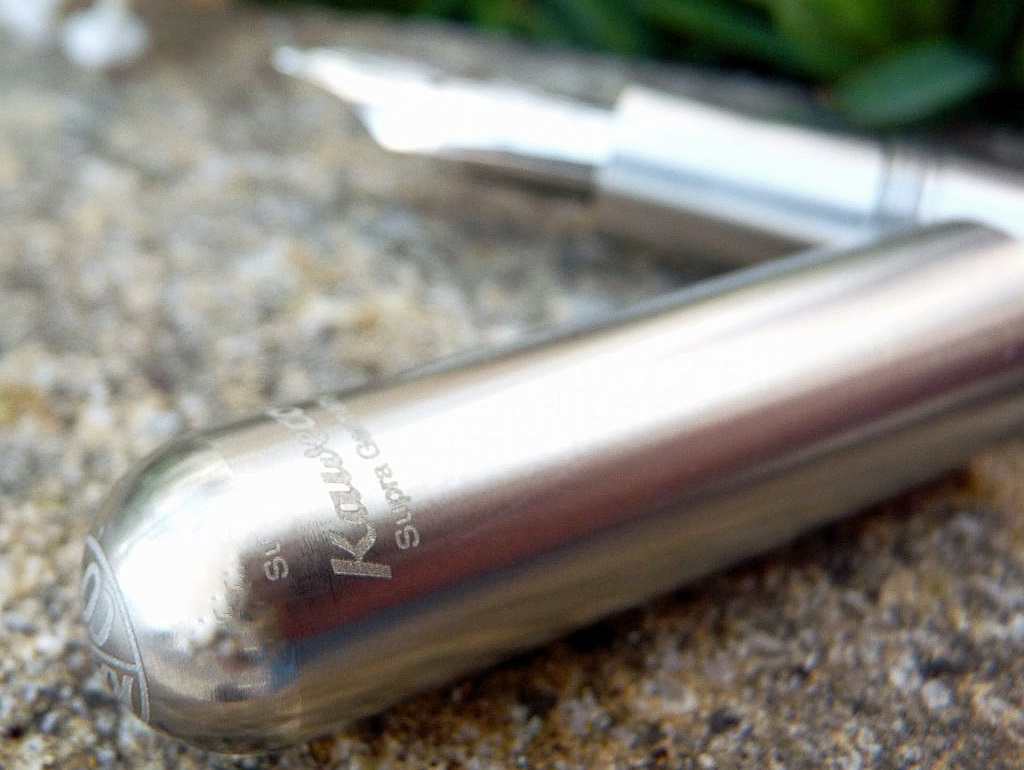

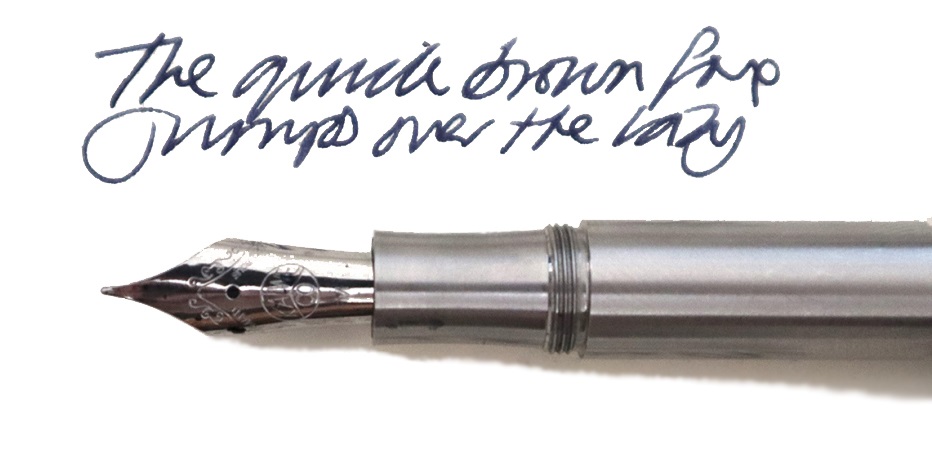 VFM This isn’t cheap, with current retail prices getting dangerously near three figures. It’s a good, solid, reliable fountain pen which will probably outlast most purchasers, but that’s still quite a lot of money for a moderately stylised length of plumbing. Whether the value proposition adds up largely depends upon whether the feel of the pen works for you so well that you want to pick it up again and again. We’d really like to see Kaweco sell the unadorned short-form Supra for those who just want this, with the extension tube available as an optional secondary purchase, both to reduce waste and get that price down a little. In the mean-time, while half of our testers found the pen a bit too heavy and ‘industrial’ for their tastes, the other half loved it and two are now proud owners.
VFM This isn’t cheap, with current retail prices getting dangerously near three figures. It’s a good, solid, reliable fountain pen which will probably outlast most purchasers, but that’s still quite a lot of money for a moderately stylised length of plumbing. Whether the value proposition adds up largely depends upon whether the feel of the pen works for you so well that you want to pick it up again and again. We’d really like to see Kaweco sell the unadorned short-form Supra for those who just want this, with the extension tube available as an optional secondary purchase, both to reduce waste and get that price down a little. In the mean-time, while half of our testers found the pen a bit too heavy and ‘industrial’ for their tastes, the other half loved it and two are now proud owners.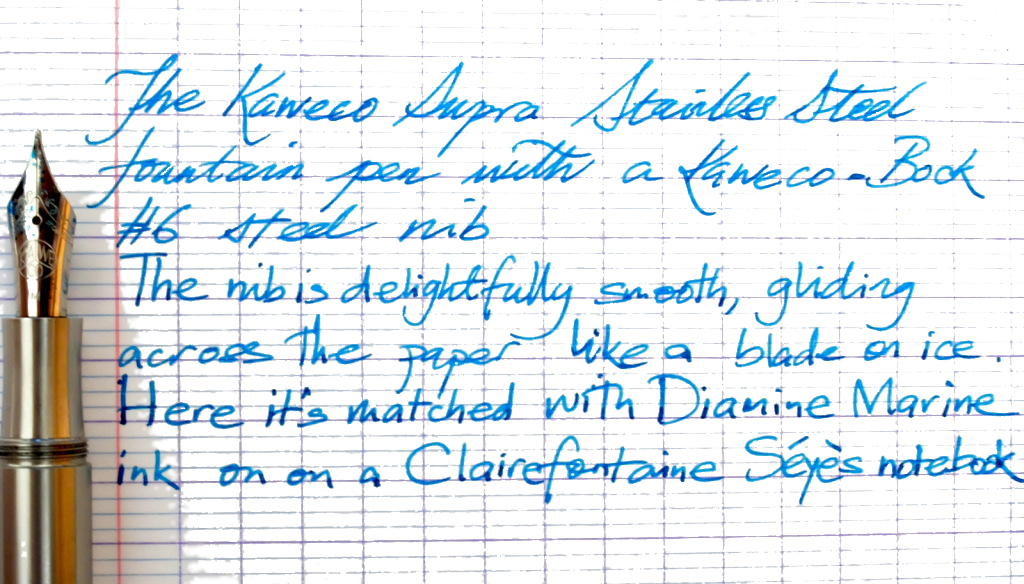
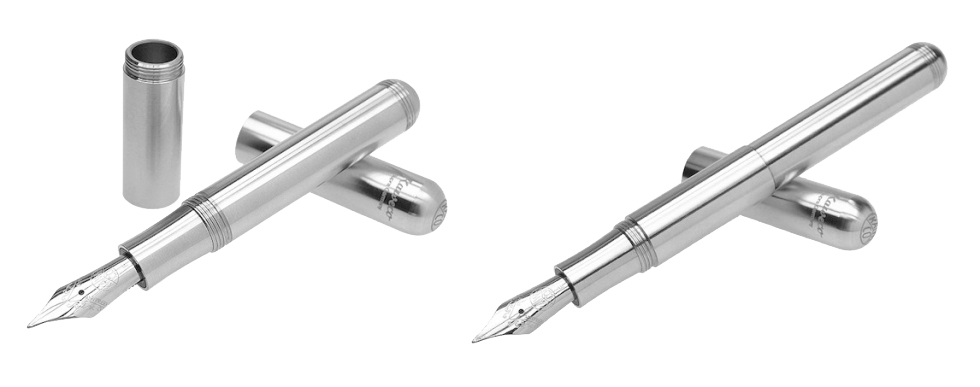 Our overall recommendation As is so often the case, try before you by. As a heavy, uncompromising and essentially indestructible pen it won’t be everyone’s cup of tea. But if you’re the sort of rugged EDC fan who likes to be able to smash your way out of a burning car using the same pen that you deploy to write a note to the insurers immediately afterwards, a Bauhaus-toting art-school grad with strong hands, or just a sniper with literary aspirations, this is absolutely the pen for you.
Our overall recommendation As is so often the case, try before you by. As a heavy, uncompromising and essentially indestructible pen it won’t be everyone’s cup of tea. But if you’re the sort of rugged EDC fan who likes to be able to smash your way out of a burning car using the same pen that you deploy to write a note to the insurers immediately afterwards, a Bauhaus-toting art-school grad with strong hands, or just a sniper with literary aspirations, this is absolutely the pen for you.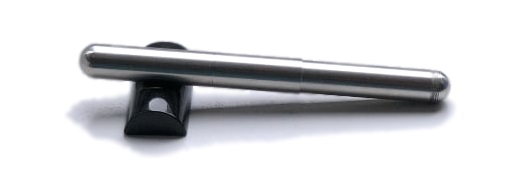
 This meta-review references:
This meta-review references: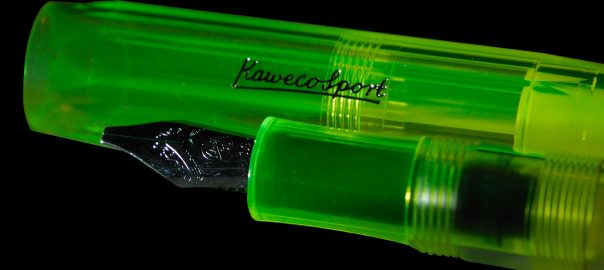
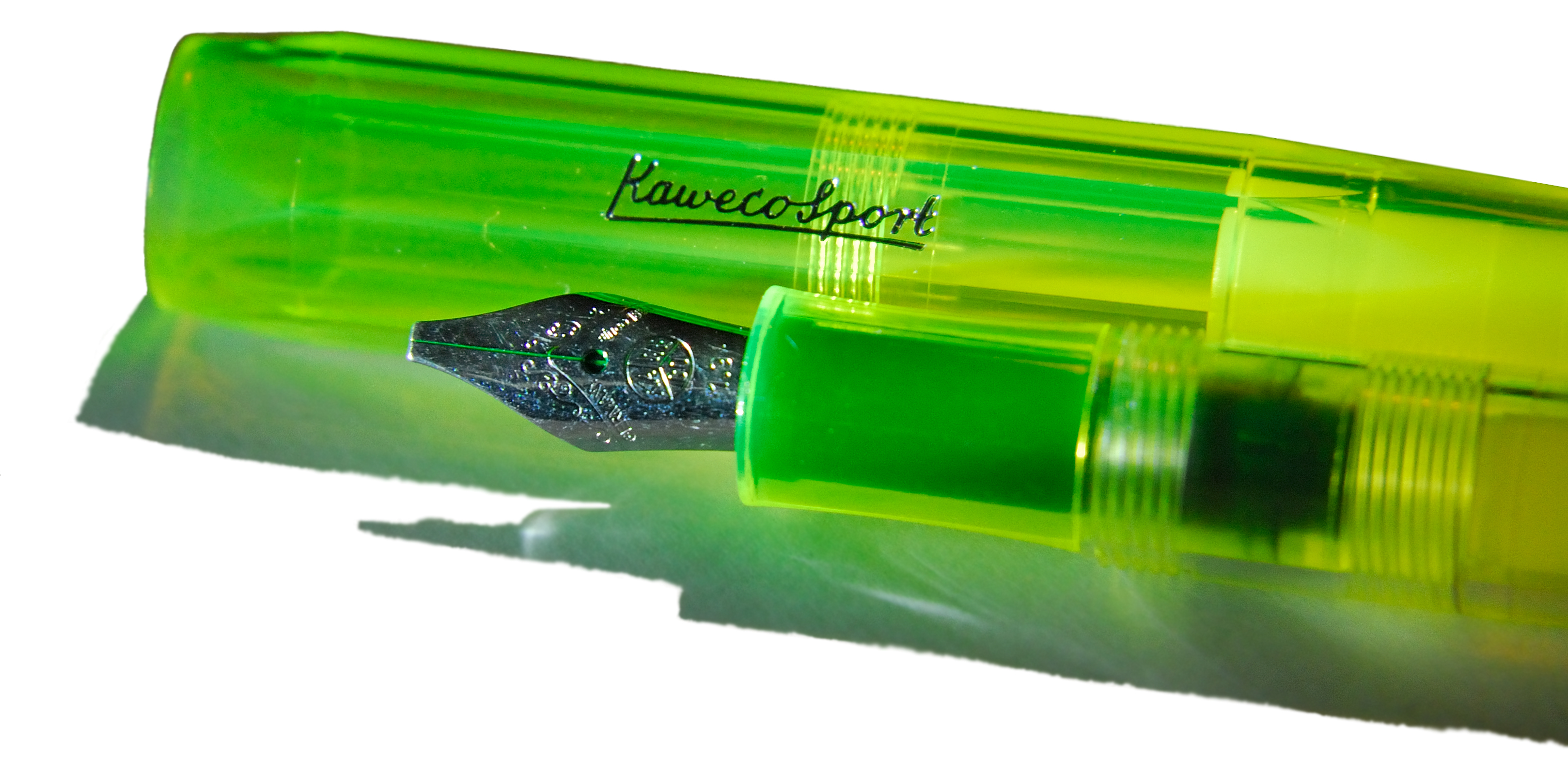 A little bit of history On the other side of the Atlantic, different religious sects still have their own universities; you can, if you so wish, attend seats of learning gathered under the sway of belief systems not even recognised by the rest of the world, but we shall name no names. A Jesuit university is a relatively mainstream concept compared with some of the more outré outliers, albeit perhaps a surprising place to train as an industrial chemist – but Frank Honn graduated from one such, and went on to discover a novel use for the fluorescent dye pyranine as the first highlighting ink. It was a success, by any standards, and generations of pupils have grown up with felt-tip pens full of the stuff ever since. But felt-tips are horrible, and fountain pens are not, so Kaweco set out to make a highlighter that persons of taste might actually be able to contemplate using.
A little bit of history On the other side of the Atlantic, different religious sects still have their own universities; you can, if you so wish, attend seats of learning gathered under the sway of belief systems not even recognised by the rest of the world, but we shall name no names. A Jesuit university is a relatively mainstream concept compared with some of the more outré outliers, albeit perhaps a surprising place to train as an industrial chemist – but Frank Honn graduated from one such, and went on to discover a novel use for the fluorescent dye pyranine as the first highlighting ink. It was a success, by any standards, and generations of pupils have grown up with felt-tip pens full of the stuff ever since. But felt-tips are horrible, and fountain pens are not, so Kaweco set out to make a highlighter that persons of taste might actually be able to contemplate using.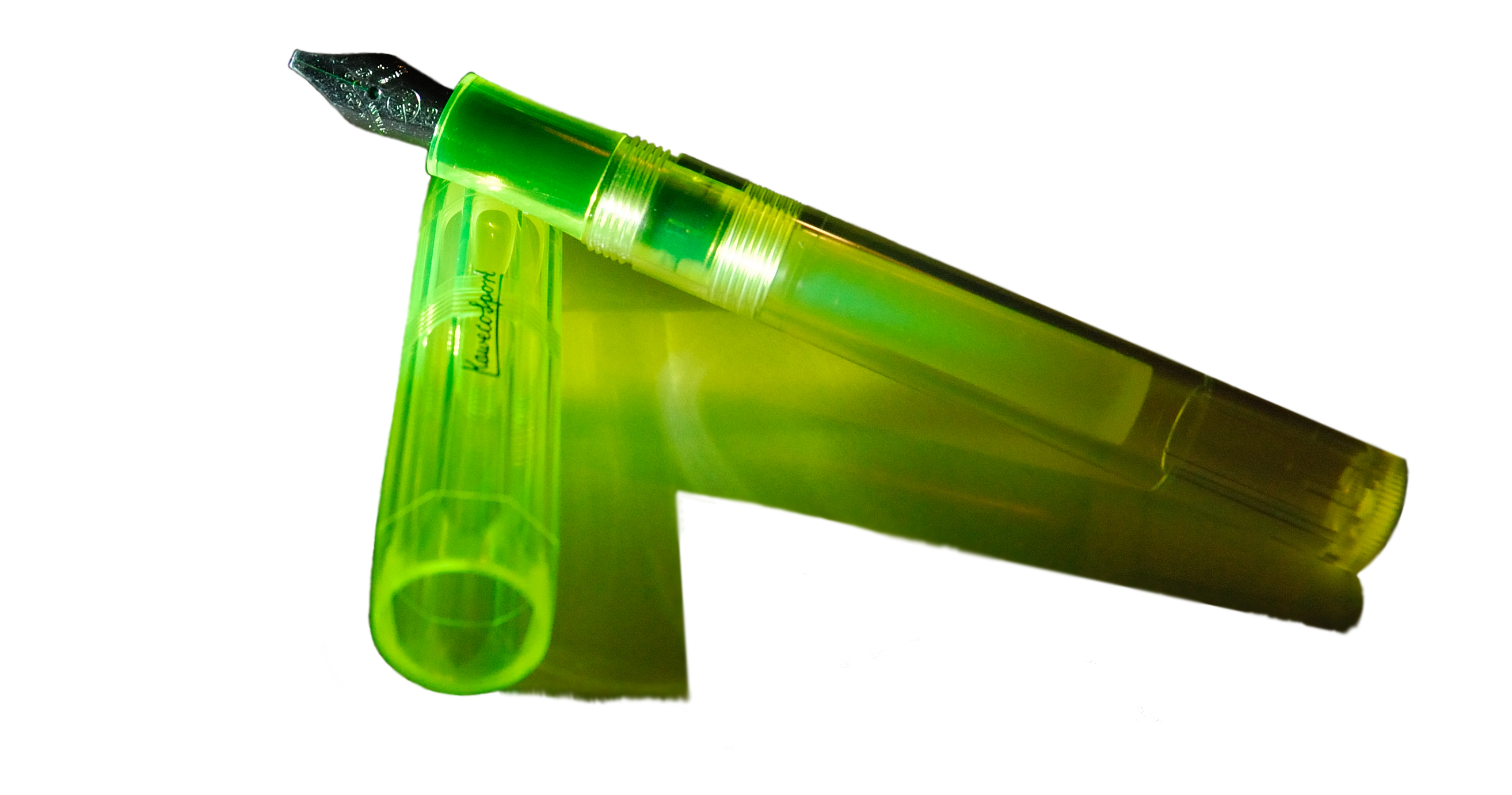 How it looks Did we say this was tasteful? Well, maybe it depends upon your own taste! It’s certainly rather loud – but there’s no mistaking what it’s for.
How it looks Did we say this was tasteful? Well, maybe it depends upon your own taste! It’s certainly rather loud – but there’s no mistaking what it’s for.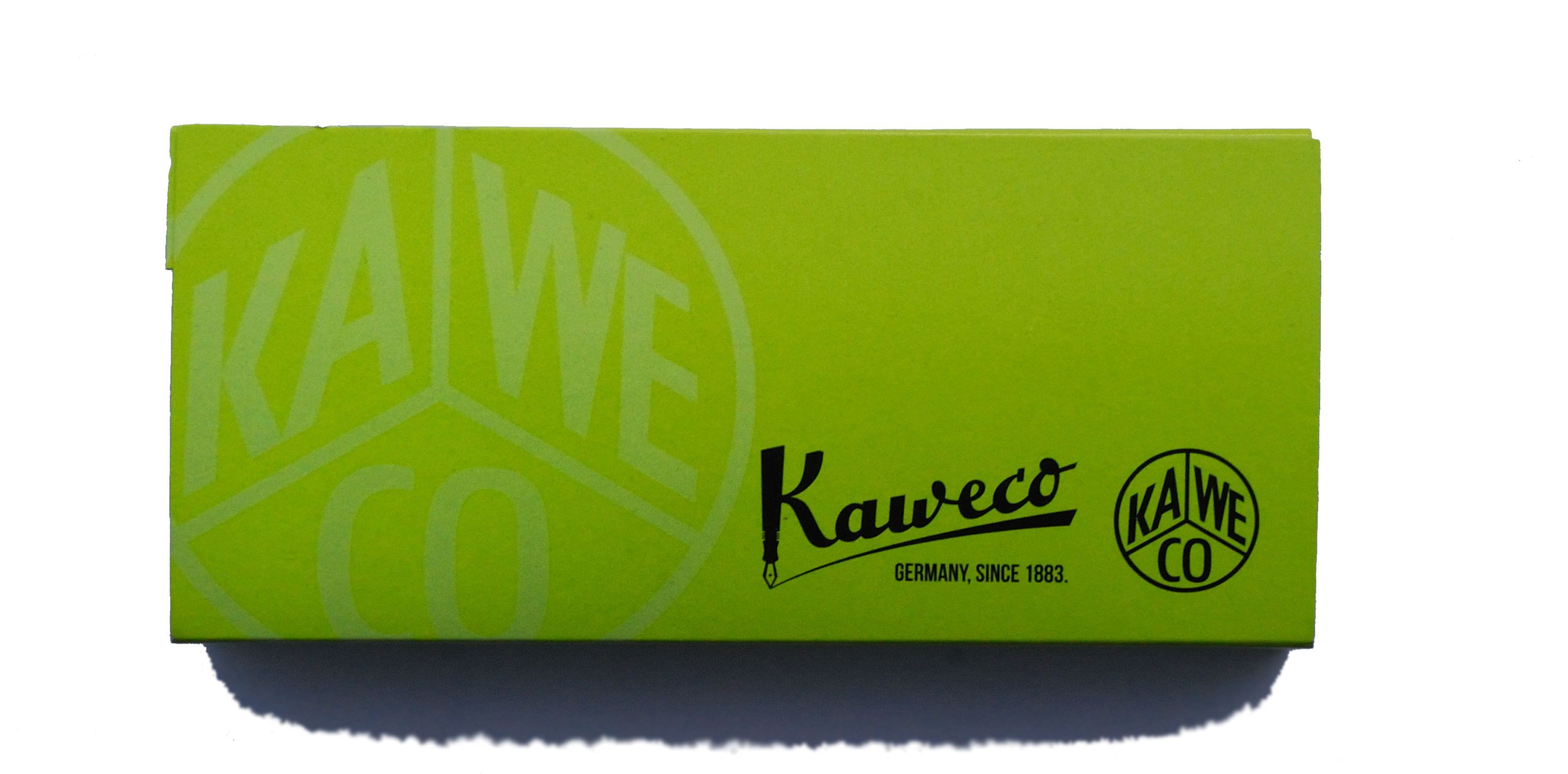
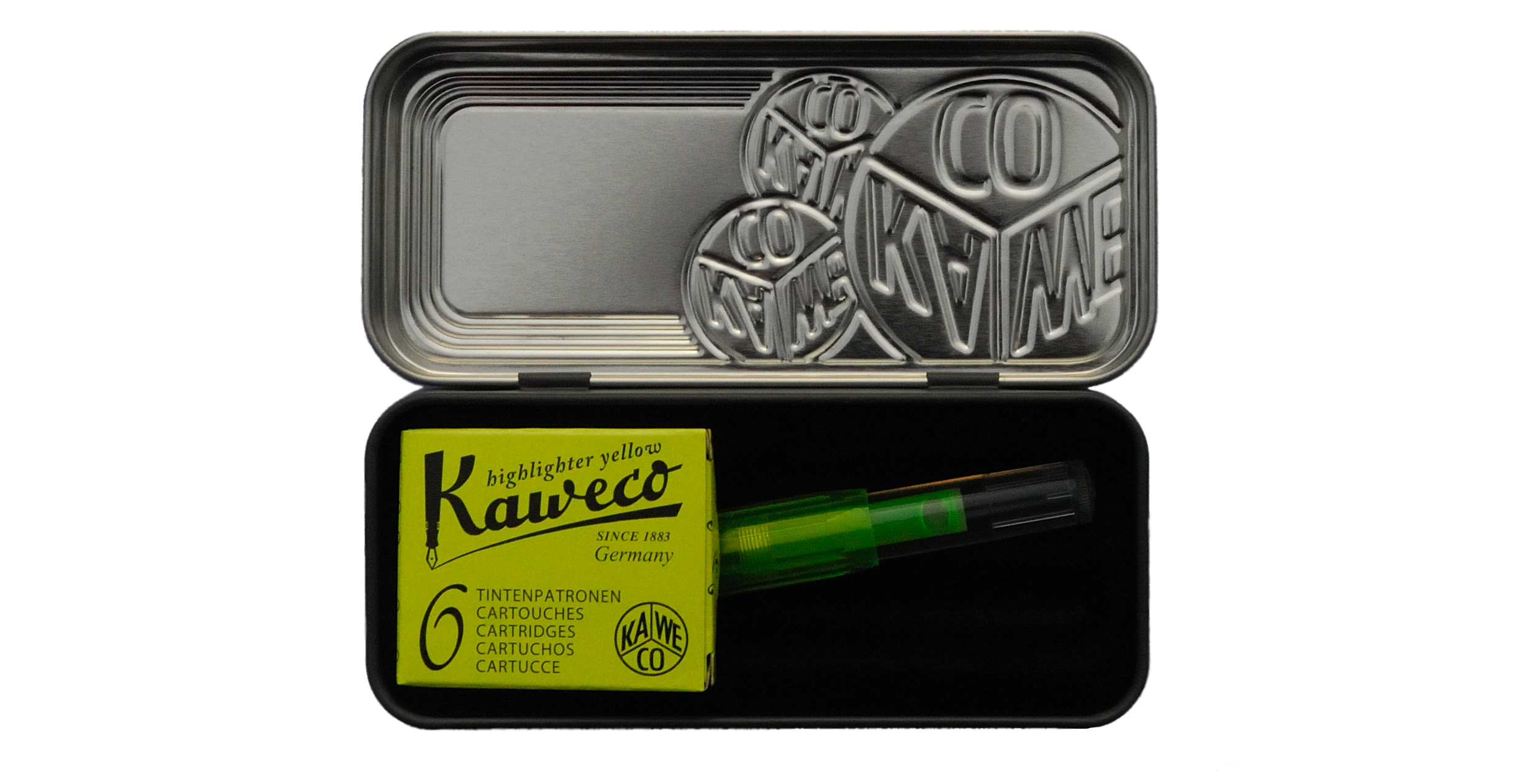 How it fills Via cartridges specially filled with unworldly glowing fluids.
How it fills Via cartridges specially filled with unworldly glowing fluids.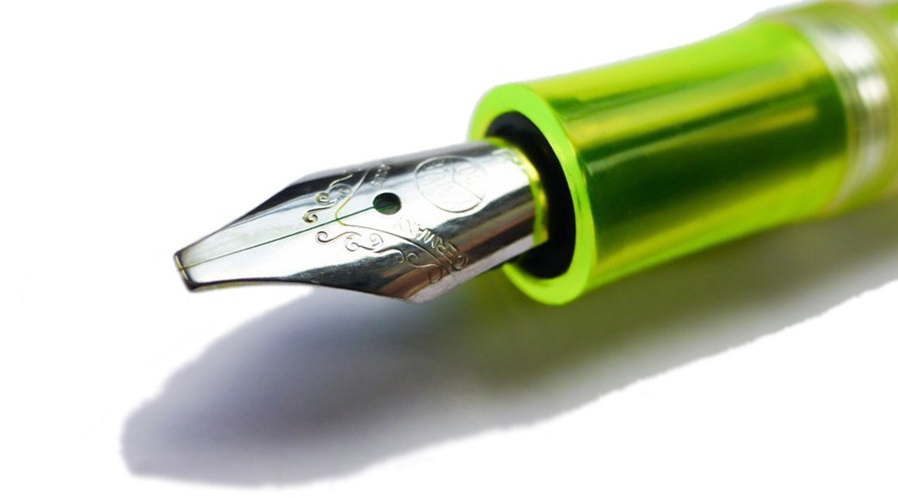
 Pen! What is it good for? It’s good for making up documents for editing or review, of course. It would probably also be good for baffling pen thieves in the work place; this is one pen which the ballpoint brigade won’t know where to even start with!
Pen! What is it good for? It’s good for making up documents for editing or review, of course. It would probably also be good for baffling pen thieves in the work place; this is one pen which the ballpoint brigade won’t know where to even start with!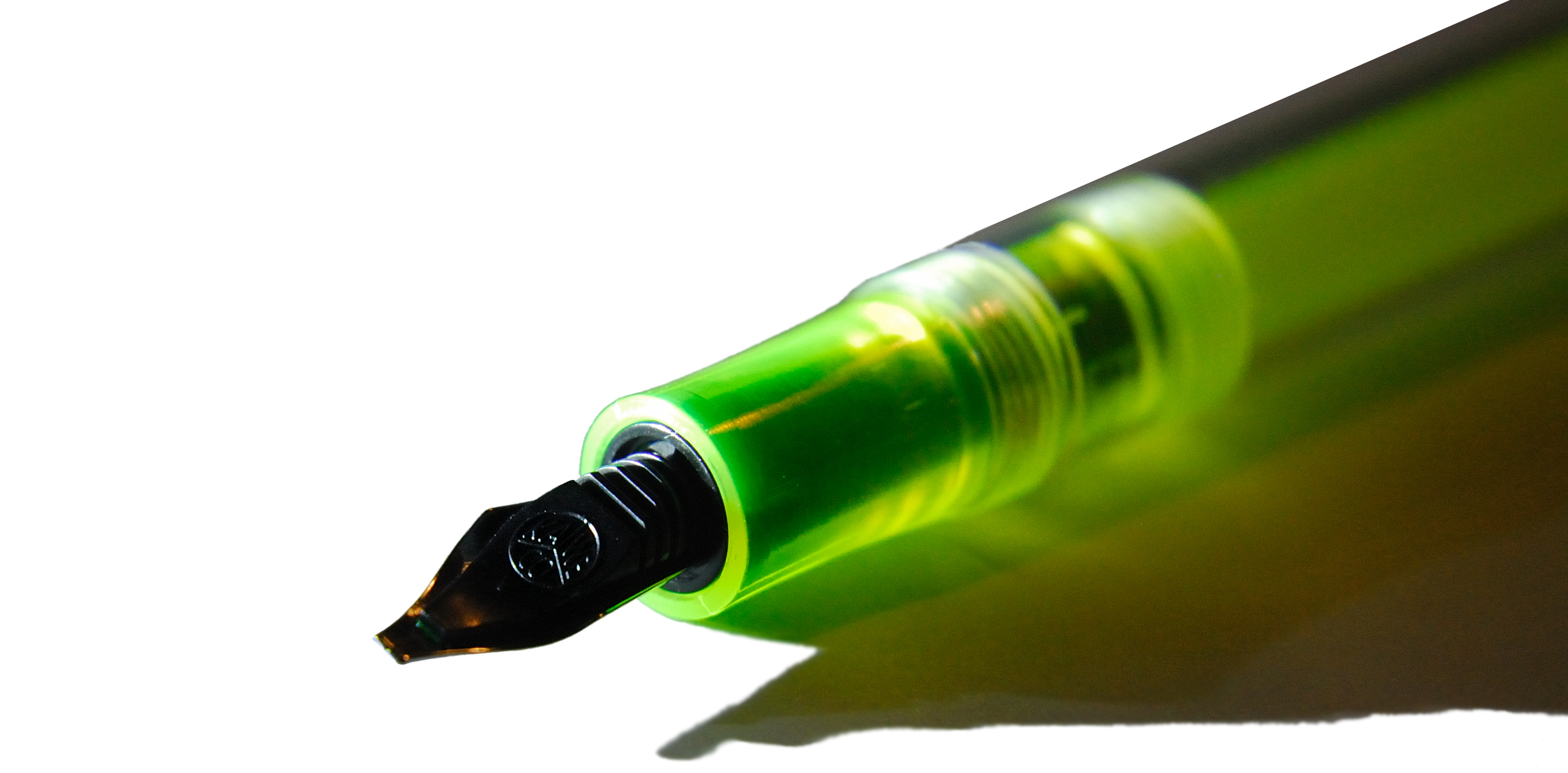 VFM Shop around a bit and you can get this set, complete with a box of cartridges, for less than £30. Admittedly that would buy a lot of nasty cheap disposable highlighters, but you’d hate them – and this will probably last for decades. Fair value, then.
VFM Shop around a bit and you can get this set, complete with a box of cartridges, for less than £30. Admittedly that would buy a lot of nasty cheap disposable highlighters, but you’d hate them – and this will probably last for decades. Fair value, then.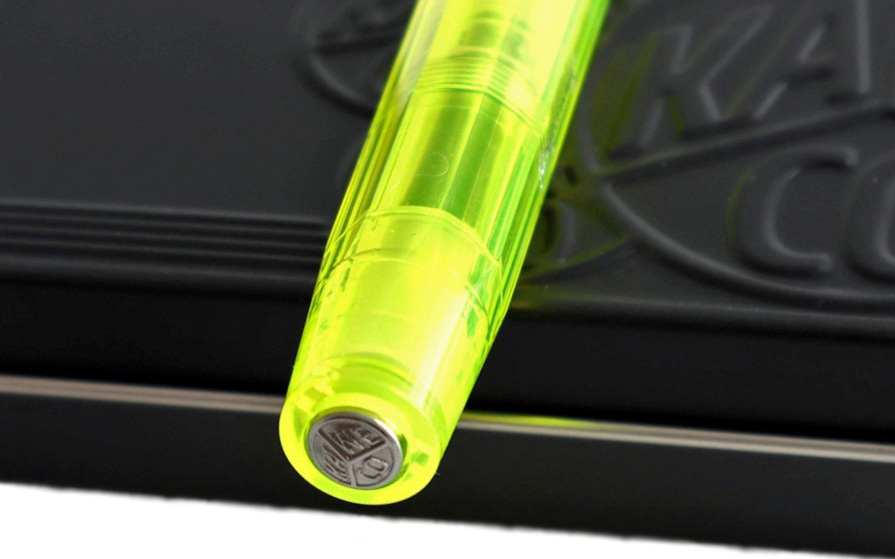
 Our overall recommendation Think about whether you really do all that much highlighting, and perhaps invest in a pack of the highlighter ink cartridges first to see if you take to using an italic fountain pen for this purpose – but if the answer to both is yes then this is, like pyranine, a ready solution.
Our overall recommendation Think about whether you really do all that much highlighting, and perhaps invest in a pack of the highlighter ink cartridges first to see if you take to using an italic fountain pen for this purpose – but if the answer to both is yes then this is, like pyranine, a ready solution.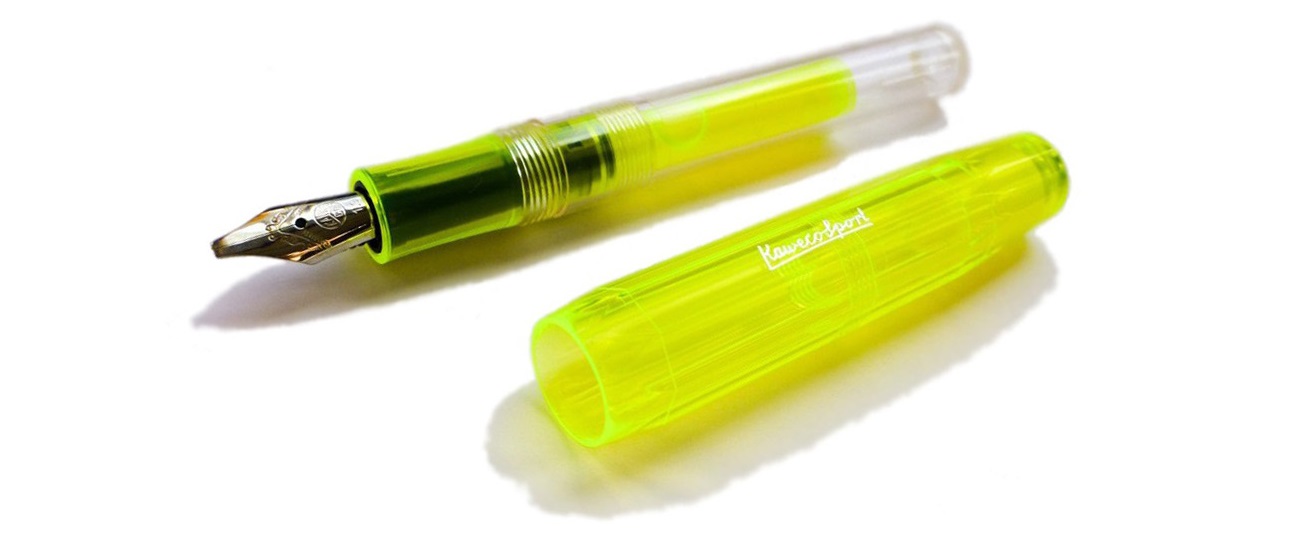
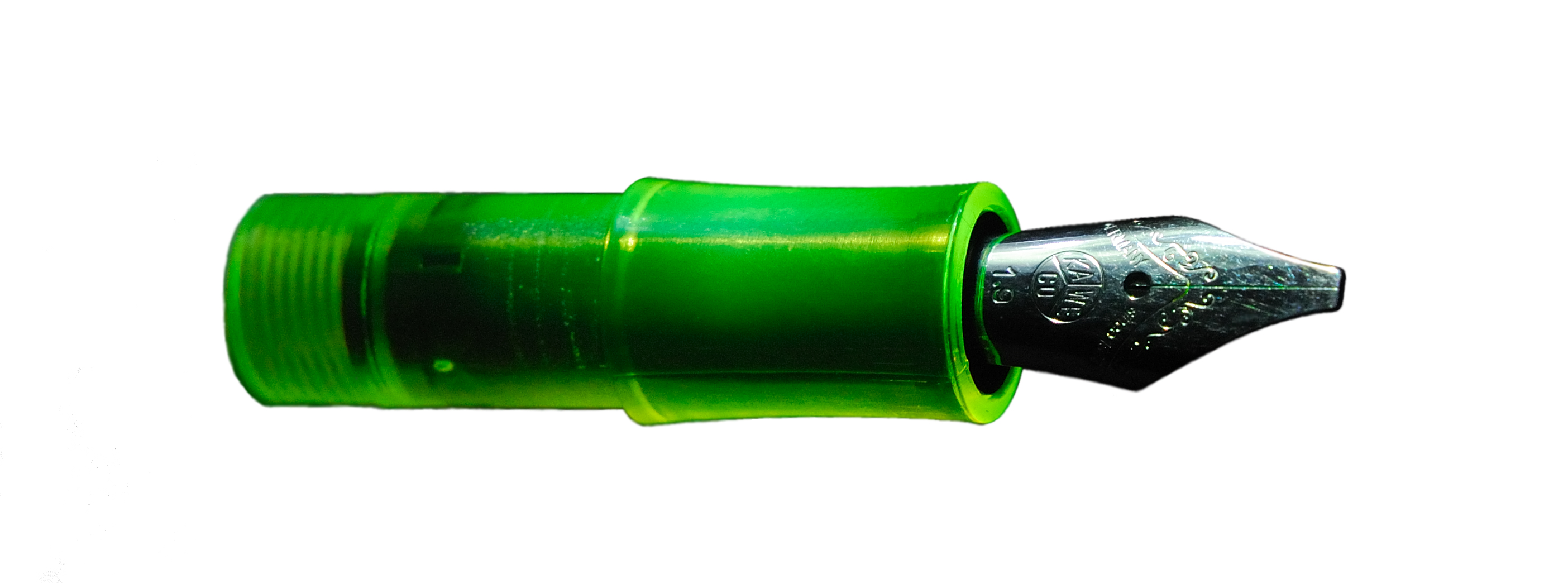 This meta-review references:
This meta-review references: Thanks to Kaweco for the review sample.
Thanks to Kaweco for the review sample.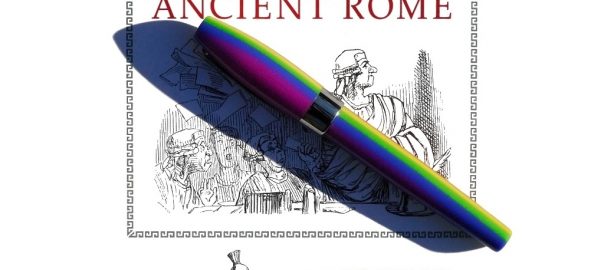
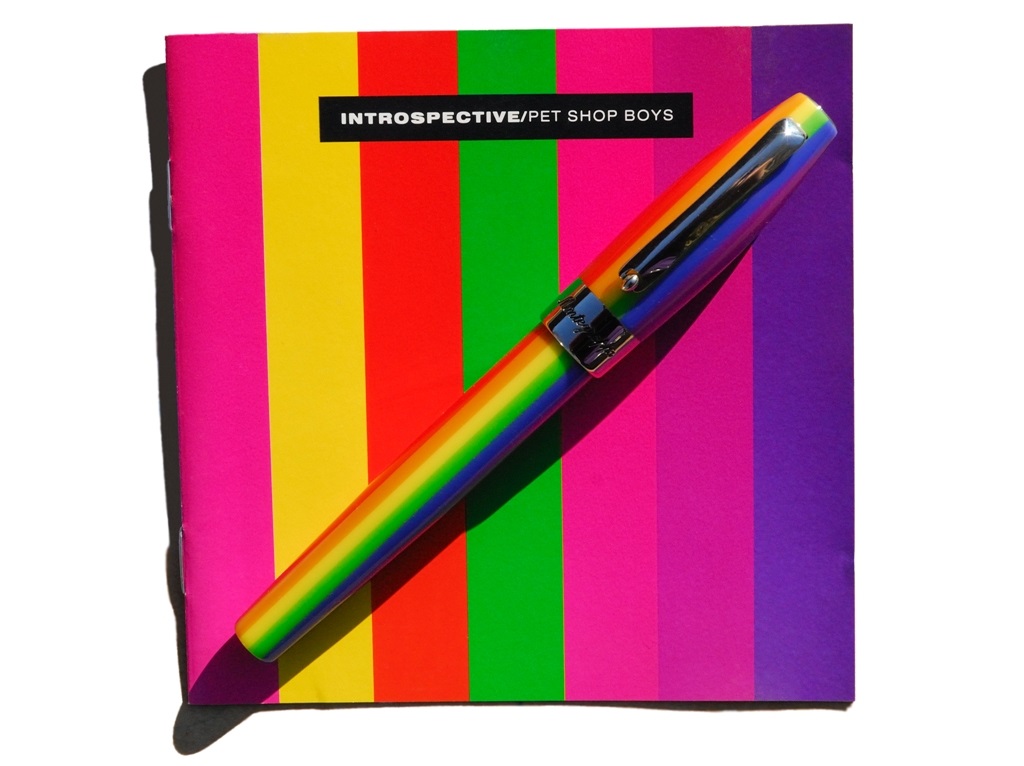
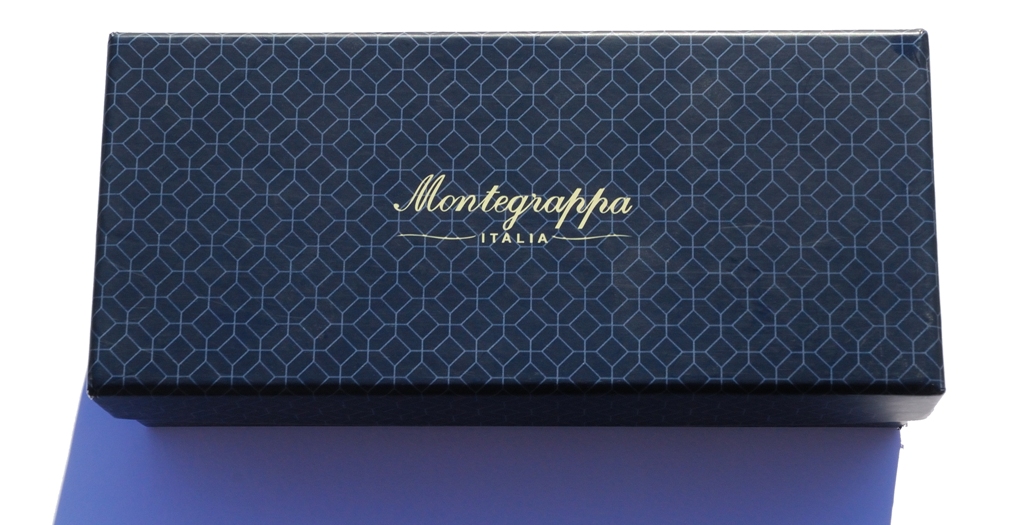
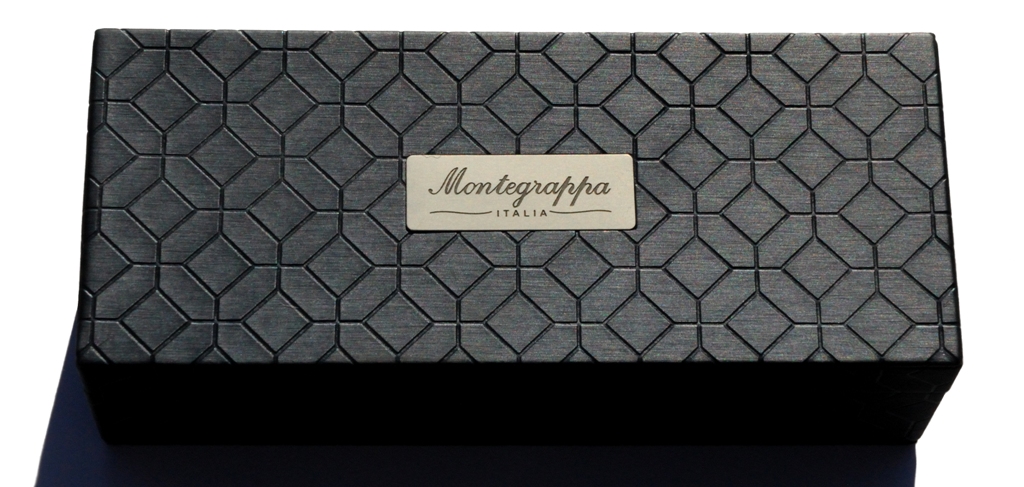
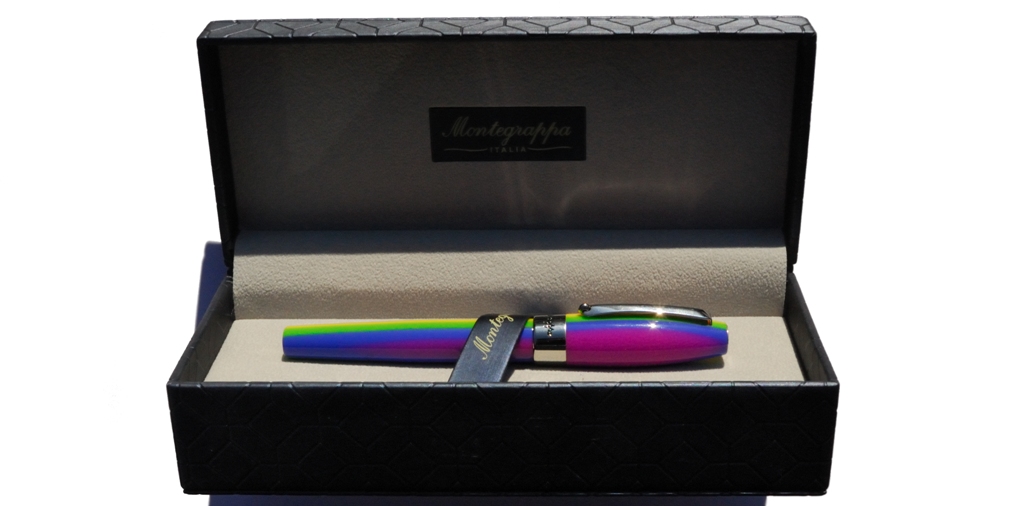
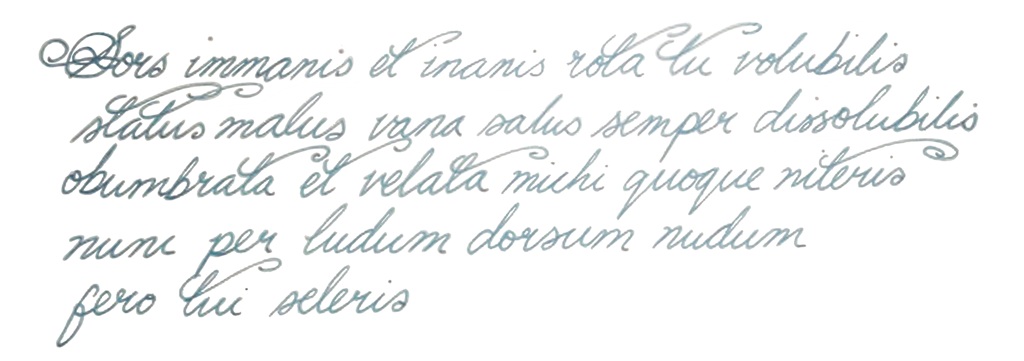
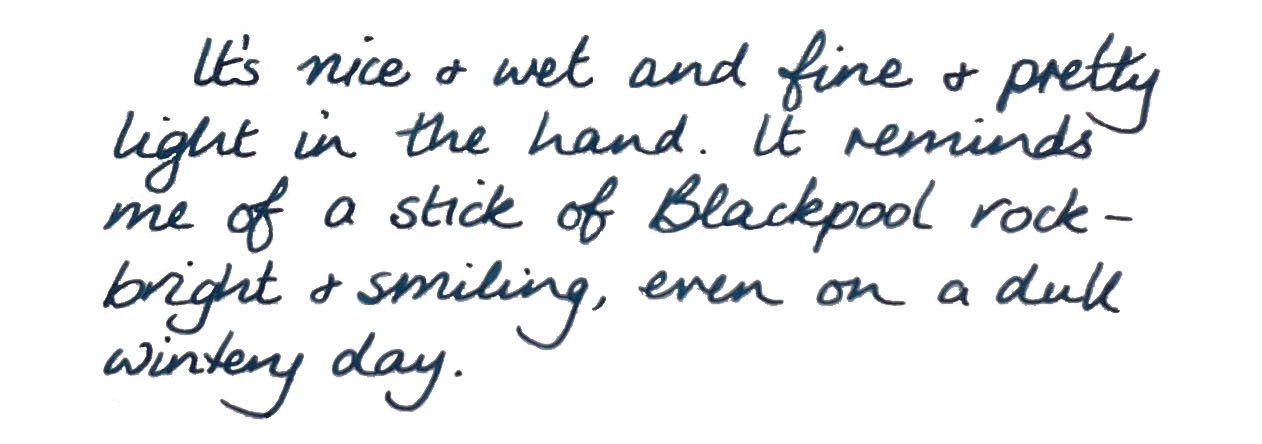

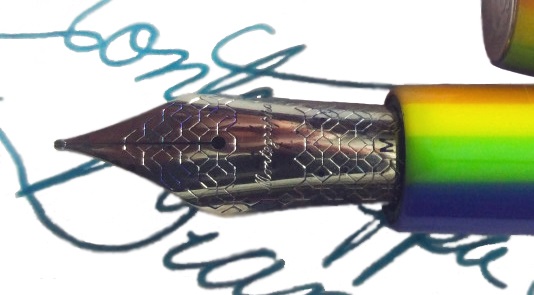
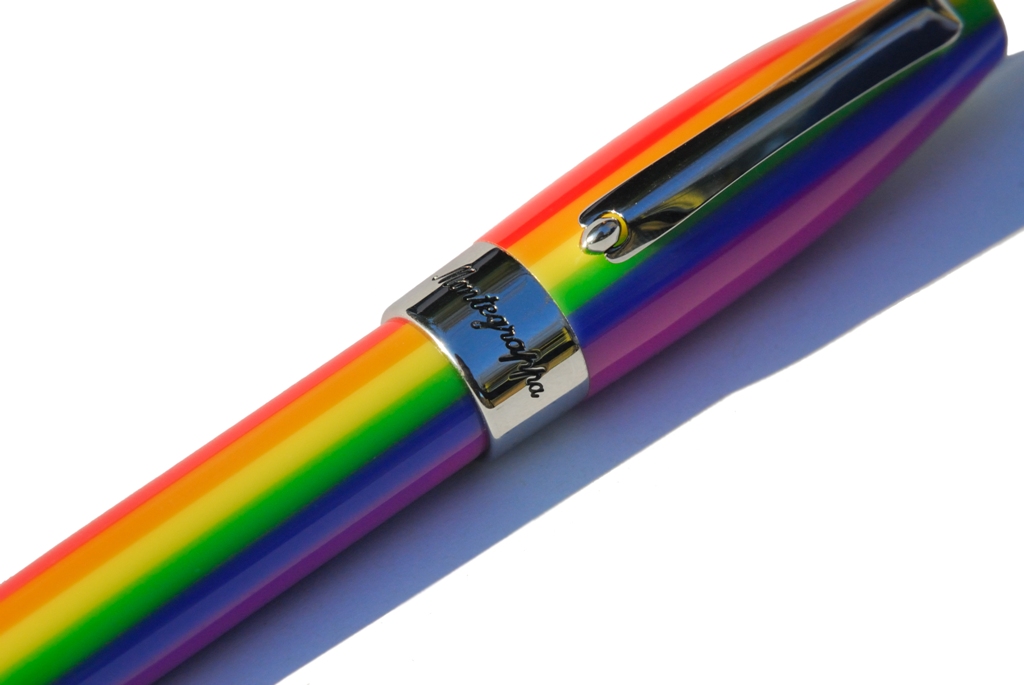
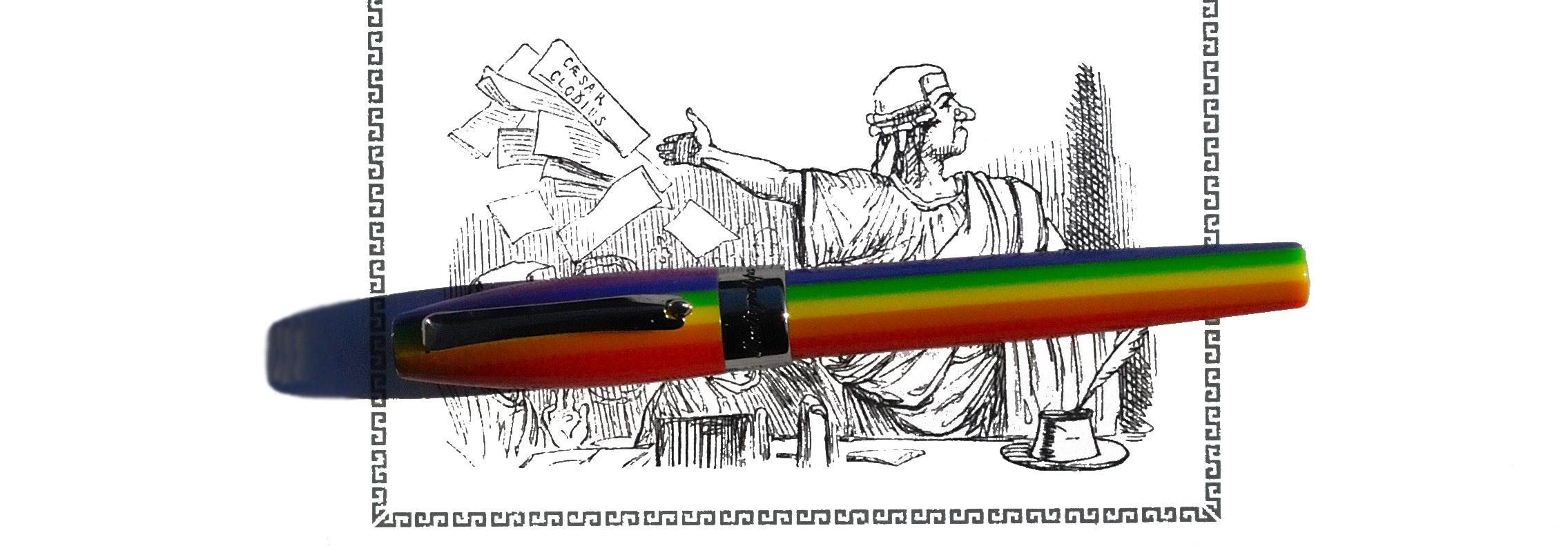 Our overall recommendation If you love the look, and can find it on special offer, go for it – then switch to a JoWo or Bock business end.
Our overall recommendation If you love the look, and can find it on special offer, go for it – then switch to a JoWo or Bock business end. Where to get hold of one If you want to spend £230 on this steel-nibbed pen – and, admittedly, get a pashmina thrown-in to the deal – then try
Where to get hold of one If you want to spend £230 on this steel-nibbed pen – and, admittedly, get a pashmina thrown-in to the deal – then try 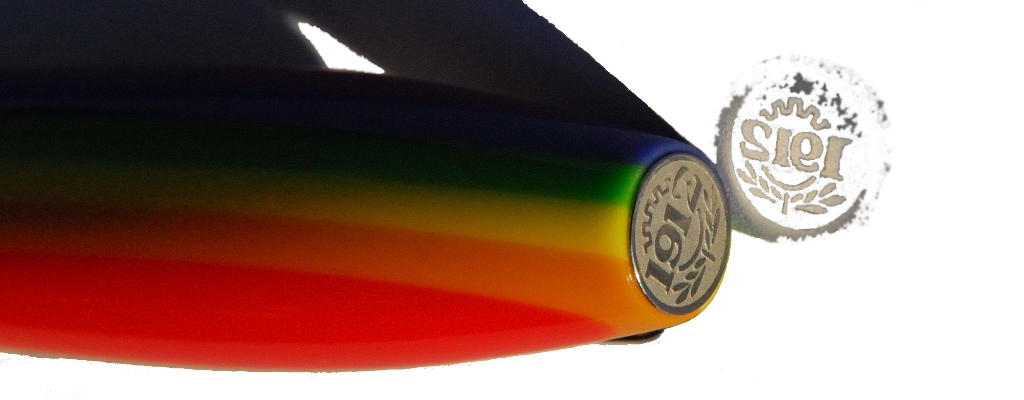
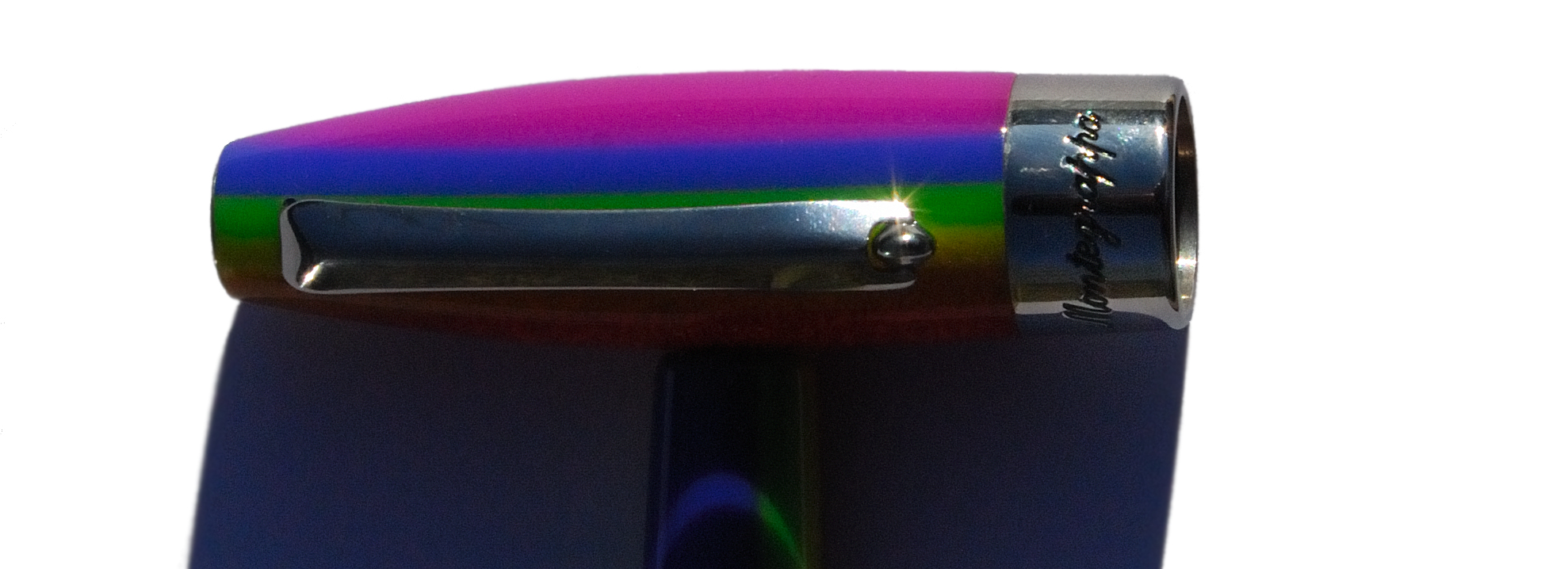
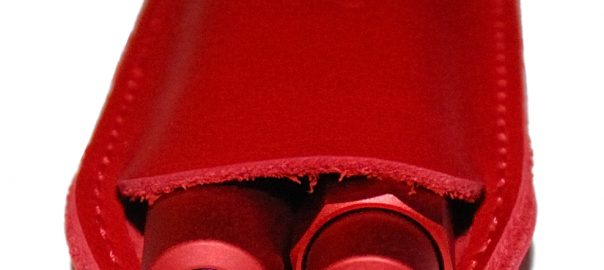
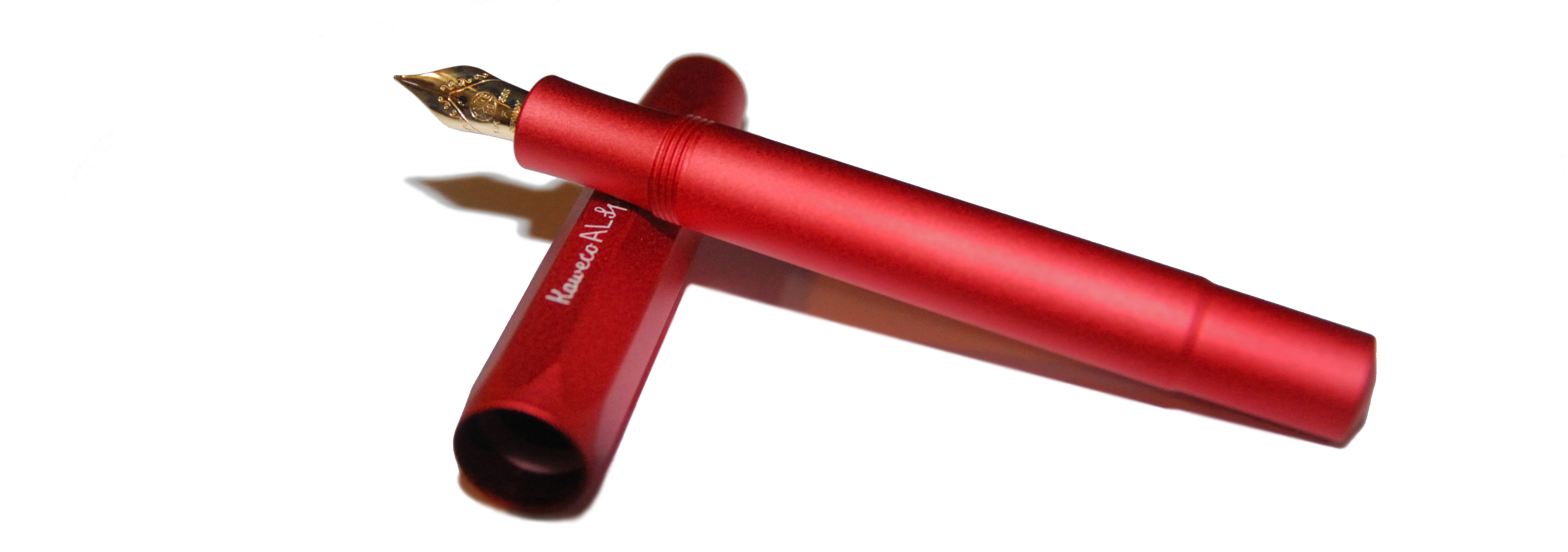 How it looks Very deep red, matt, lustrous and slightly shiny. Paired with the pencil and popped into a ‘chilli red’ sleeve, it looks irresistibly good.
How it looks Very deep red, matt, lustrous and slightly shiny. Paired with the pencil and popped into a ‘chilli red’ sleeve, it looks irresistibly good.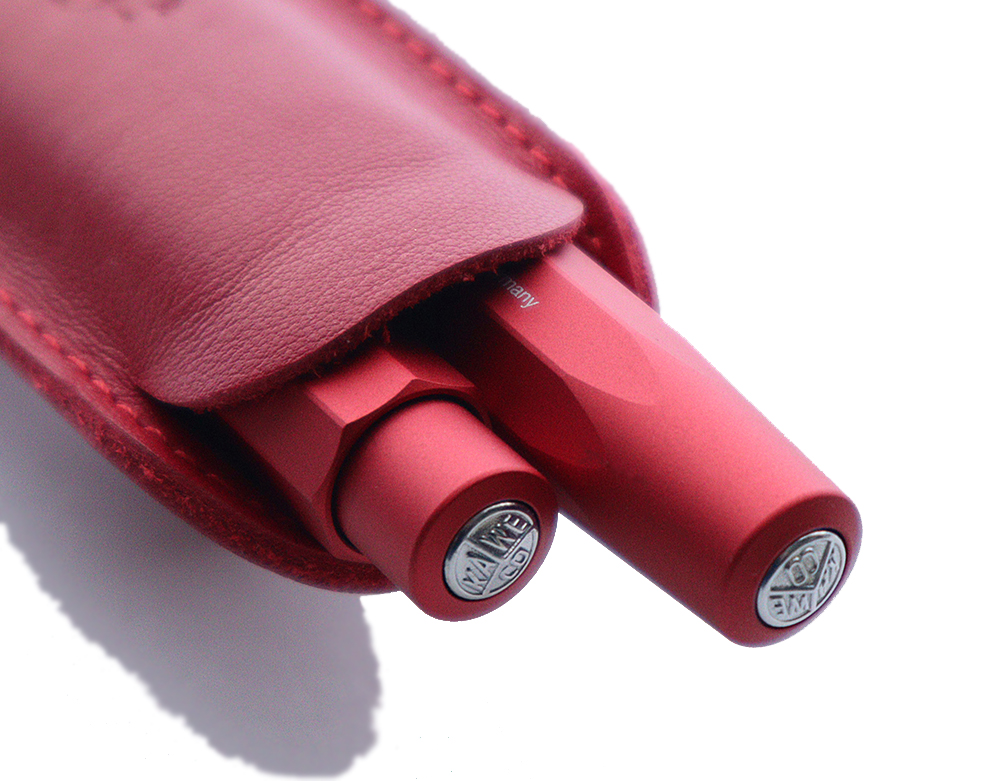 How it feels Light but tactile. Unless you specifically prefer heavier pens like the brass Sport (as some of us do!), this is a good mid-point on the mass spectrum.
How it feels Light but tactile. Unless you specifically prefer heavier pens like the brass Sport (as some of us do!), this is a good mid-point on the mass spectrum.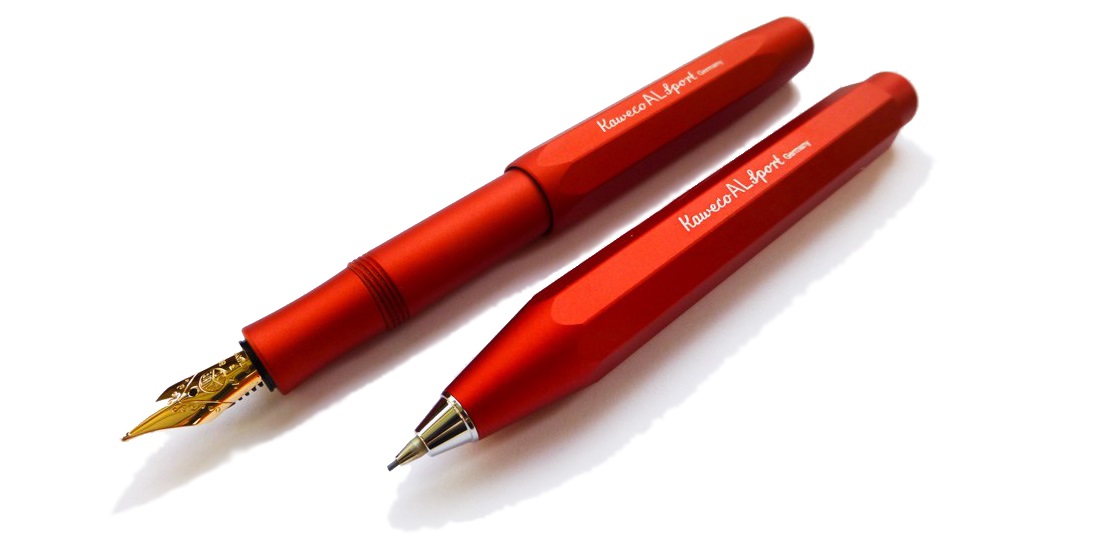 How it fills As with all Sports this is a straightforward short international cartridge number. There is a converter, and it does work, but the fluid capacity is so limited that investing in a syringe is often the best tactic for long-term cohabitation with this petite performer. The pencil takes 0.7mm lead, and there’s plenty of that around.
How it fills As with all Sports this is a straightforward short international cartridge number. There is a converter, and it does work, but the fluid capacity is so limited that investing in a syringe is often the best tactic for long-term cohabitation with this petite performer. The pencil takes 0.7mm lead, and there’s plenty of that around.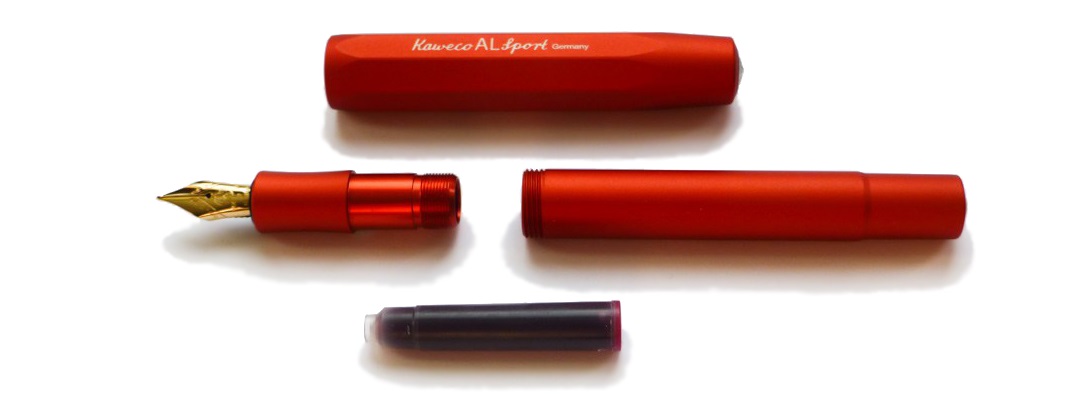 Crucially, how it writes… We rather decadently dropped a gold nib into the test pen, and it wrote very nicely; not much springiness, but just a touch of softness. The standard nibs are getting better these days, too!
Crucially, how it writes… We rather decadently dropped a gold nib into the test pen, and it wrote very nicely; not much springiness, but just a touch of softness. The standard nibs are getting better these days, too!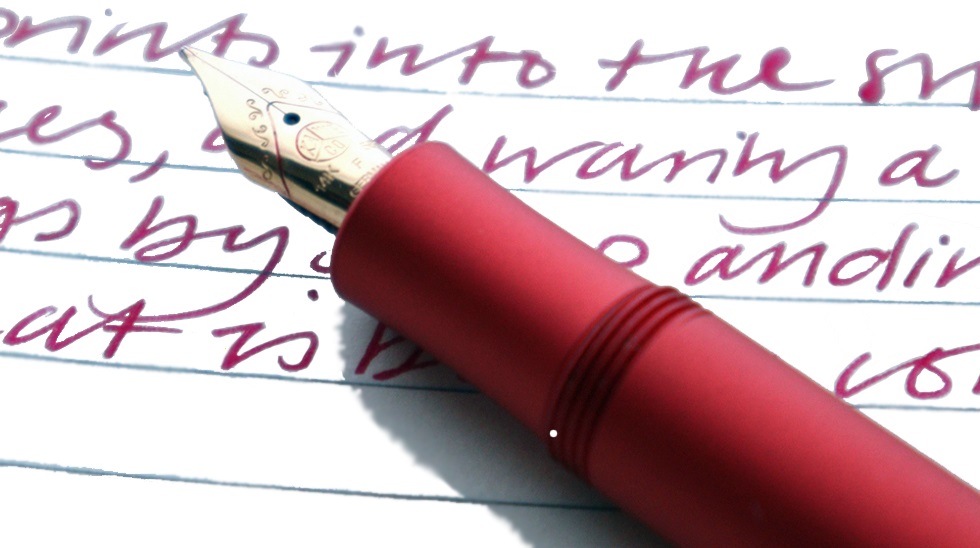
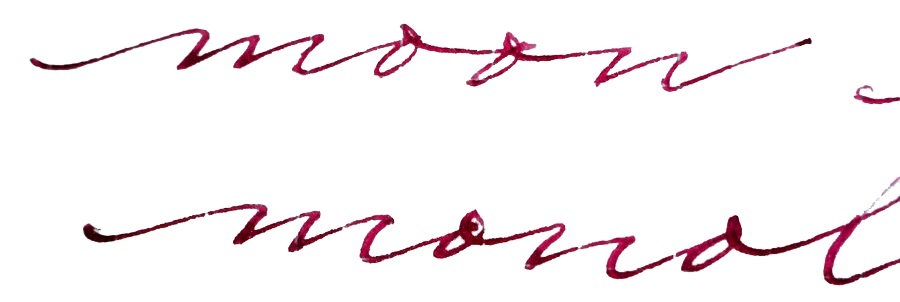
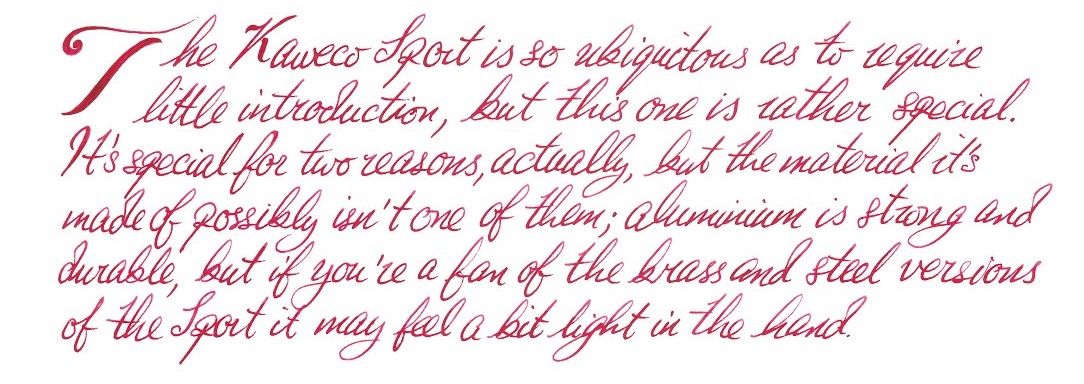
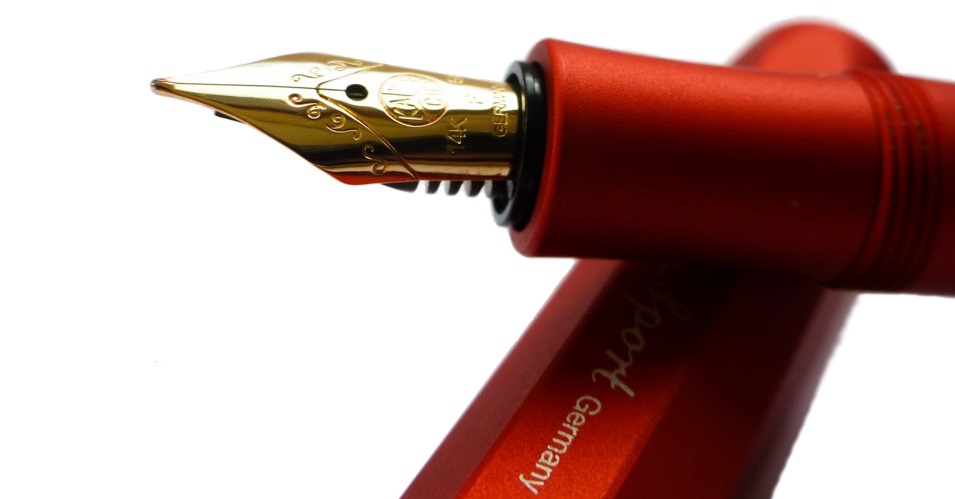 VFM Middling, honestly. At around £60 this is not a cheap pen, and it will probably cost you more than that on top to get the gold nib. Having said that, this is not a crazily overpriced pen either.
VFM Middling, honestly. At around £60 this is not a cheap pen, and it will probably cost you more than that on top to get the gold nib. Having said that, this is not a crazily overpriced pen either. If this isn’t quite your cup of tea, but almost… One of the hundred or so other Sport finishes might well be. Have a browse…
If this isn’t quite your cup of tea, but almost… One of the hundred or so other Sport finishes might well be. Have a browse… Our overall recommendation If you’re taken with this finish, get one while you can; although we think it’s excellent, it was a special edition so it may not be available forever.
Our overall recommendation If you’re taken with this finish, get one while you can; although we think it’s excellent, it was a special edition so it may not be available forever.
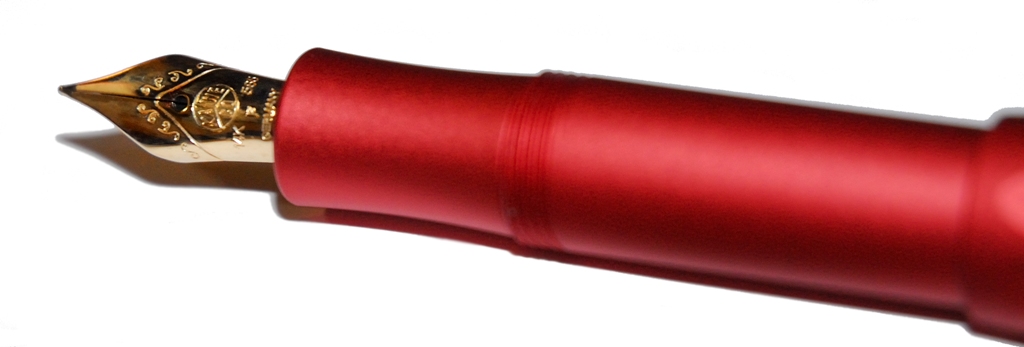
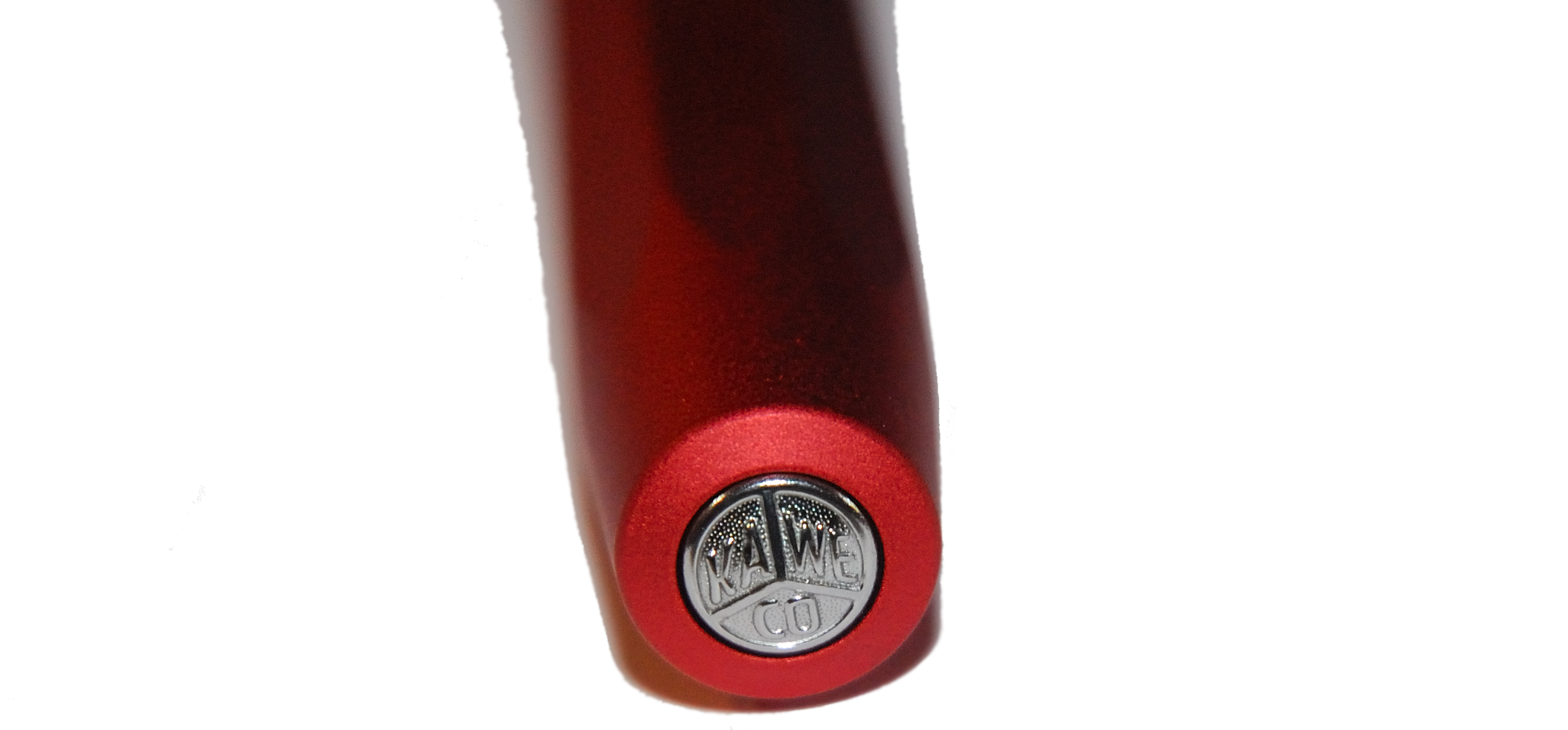 Thanks to Kaweco for the rather tempting review sample pack; our calligrapher couldn’t bear to let it go!
Thanks to Kaweco for the rather tempting review sample pack; our calligrapher couldn’t bear to let it go!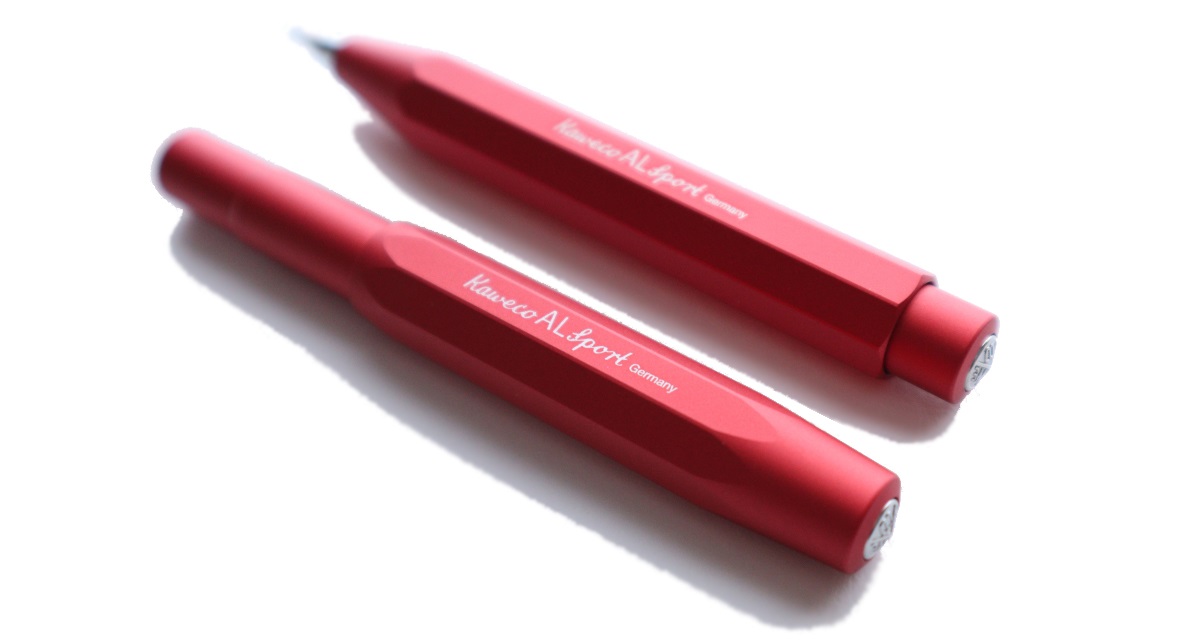
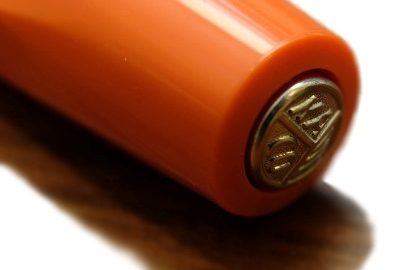
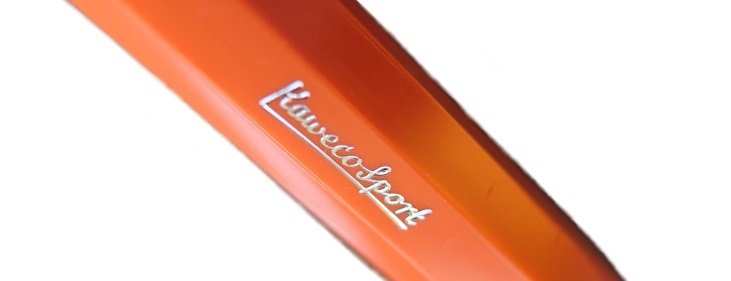 How it looks The shape is, of course, the same as for all Sports. The colour is a reliably foxy dark orange (don’t show it a beagle), with a few silvery highlights. It’s a classy presentation.
How it looks The shape is, of course, the same as for all Sports. The colour is a reliably foxy dark orange (don’t show it a beagle), with a few silvery highlights. It’s a classy presentation.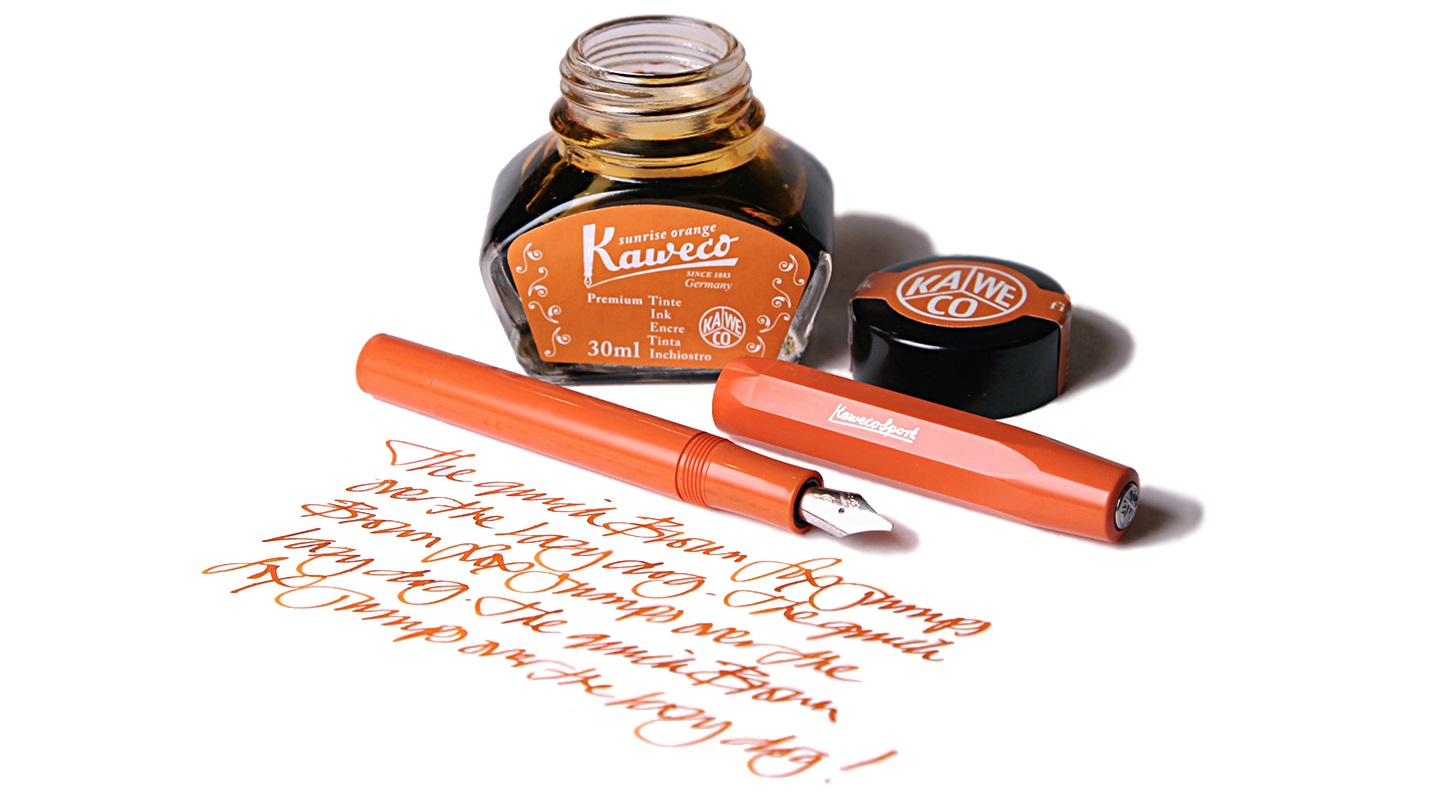
 How it fills The Sport has a legion of fans who also own a syringe, and refilling a cartridge is probably the best way to get a decent supply of ink. There is also a tiny push-rod converter, and it actually does work, but the ink capacity is very modest.
How it fills The Sport has a legion of fans who also own a syringe, and refilling a cartridge is probably the best way to get a decent supply of ink. There is also a tiny push-rod converter, and it actually does work, but the ink capacity is very modest.
 VFM At under £20, this is decent value – no complaints there.
VFM At under £20, this is decent value – no complaints there. If this isn’t quite your cup of tea, but almost… Pick a different Sport; there are dozens to choose from!
If this isn’t quite your cup of tea, but almost… Pick a different Sport; there are dozens to choose from!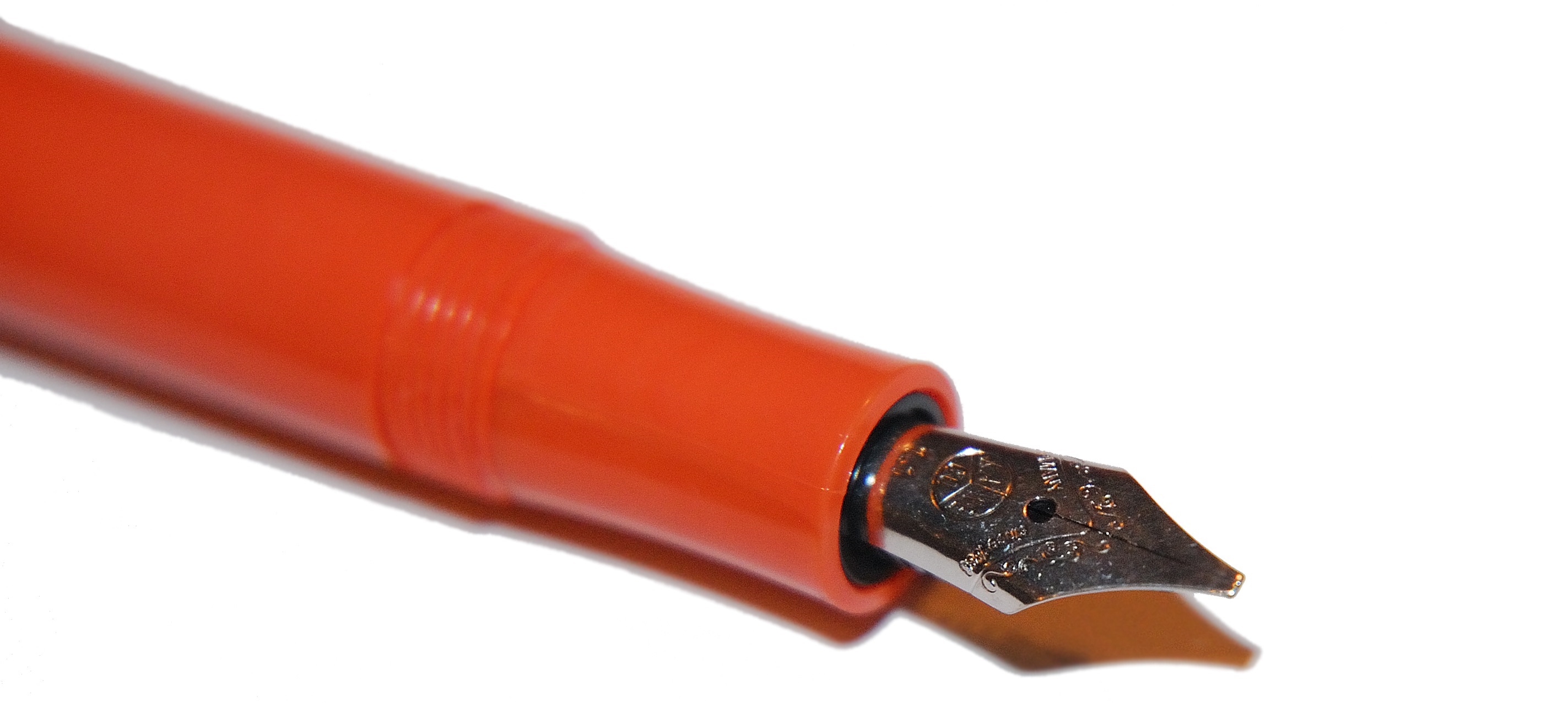 Our overall recommendation If you like the colour, and you’re already a happy owner of a Sport or two, get one before it bounds over the hedge.
Our overall recommendation If you like the colour, and you’re already a happy owner of a Sport or two, get one before it bounds over the hedge.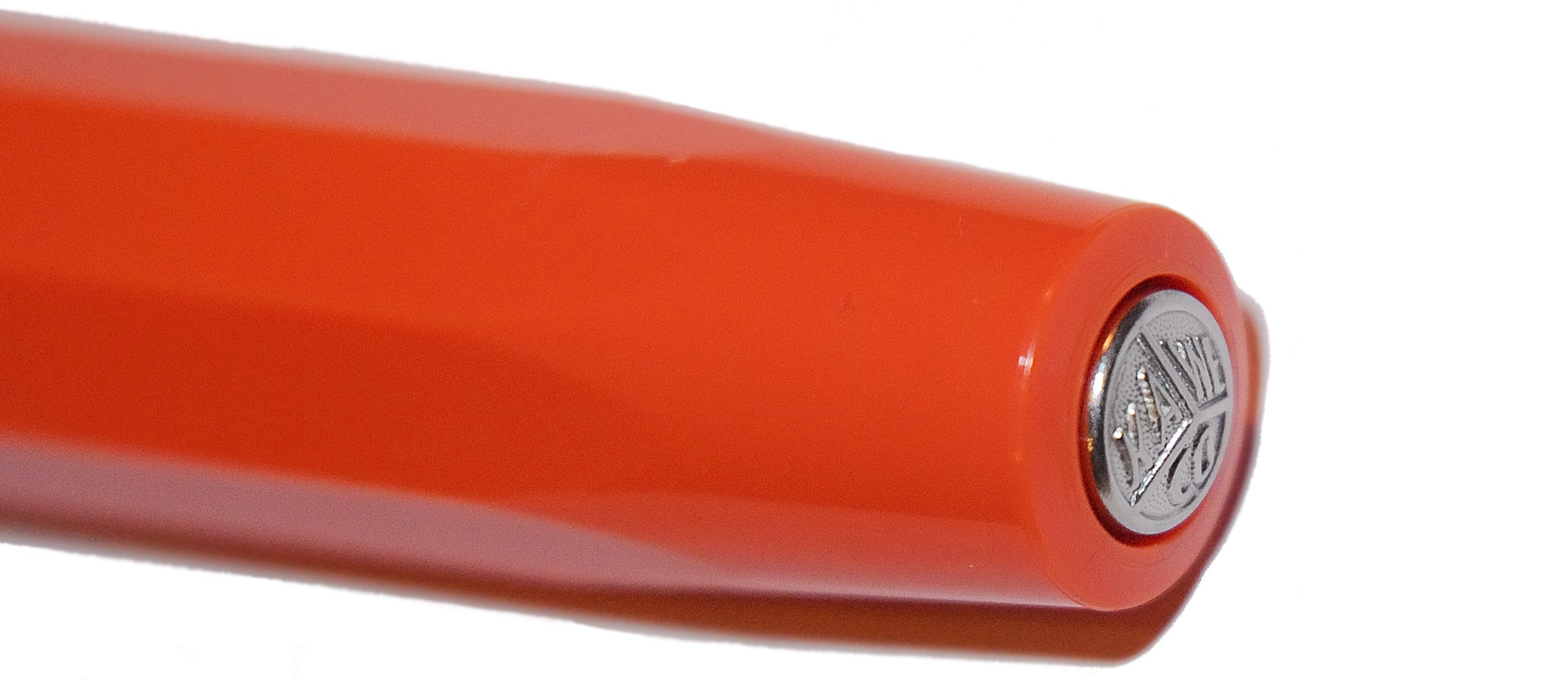 This meta-review references:
This meta-review references: